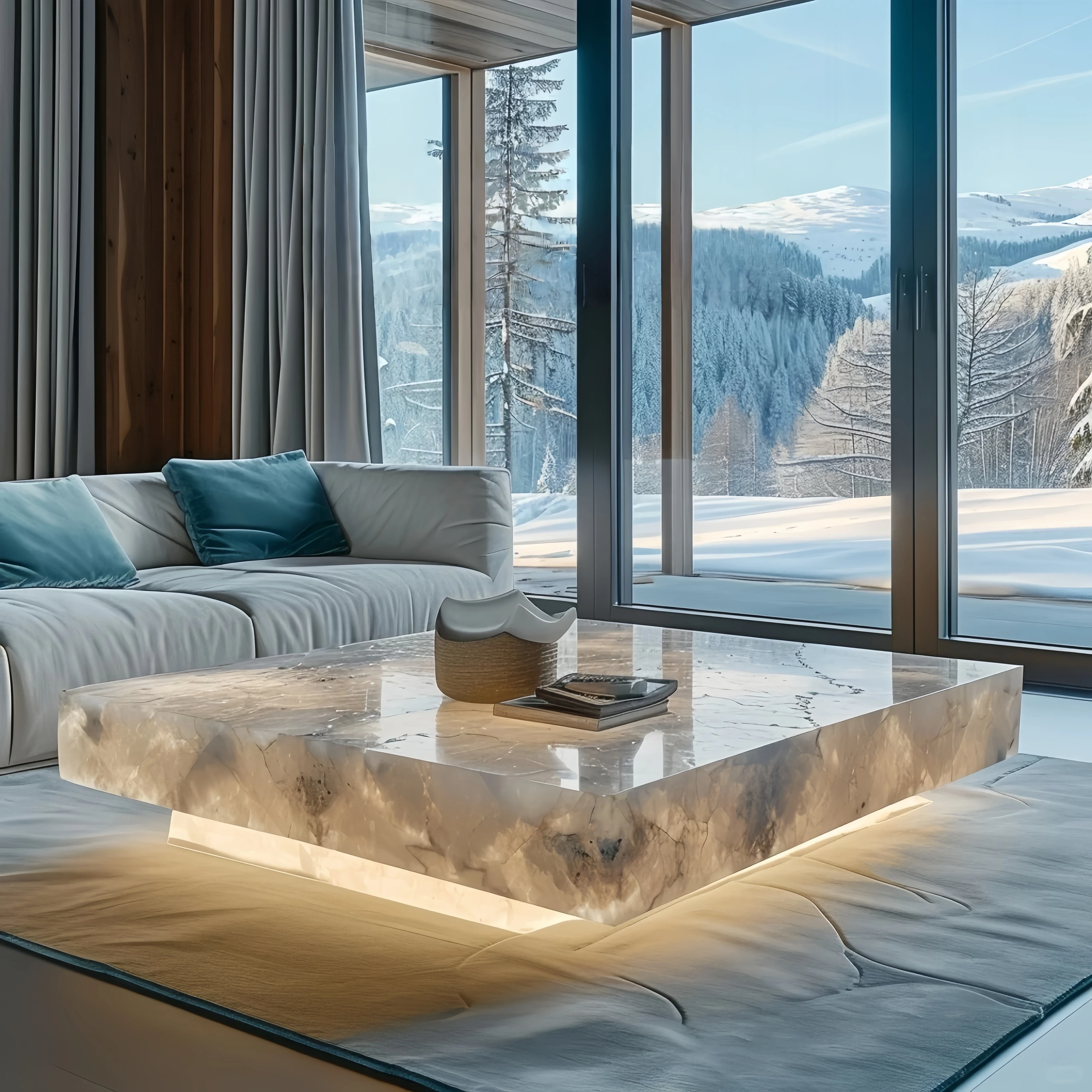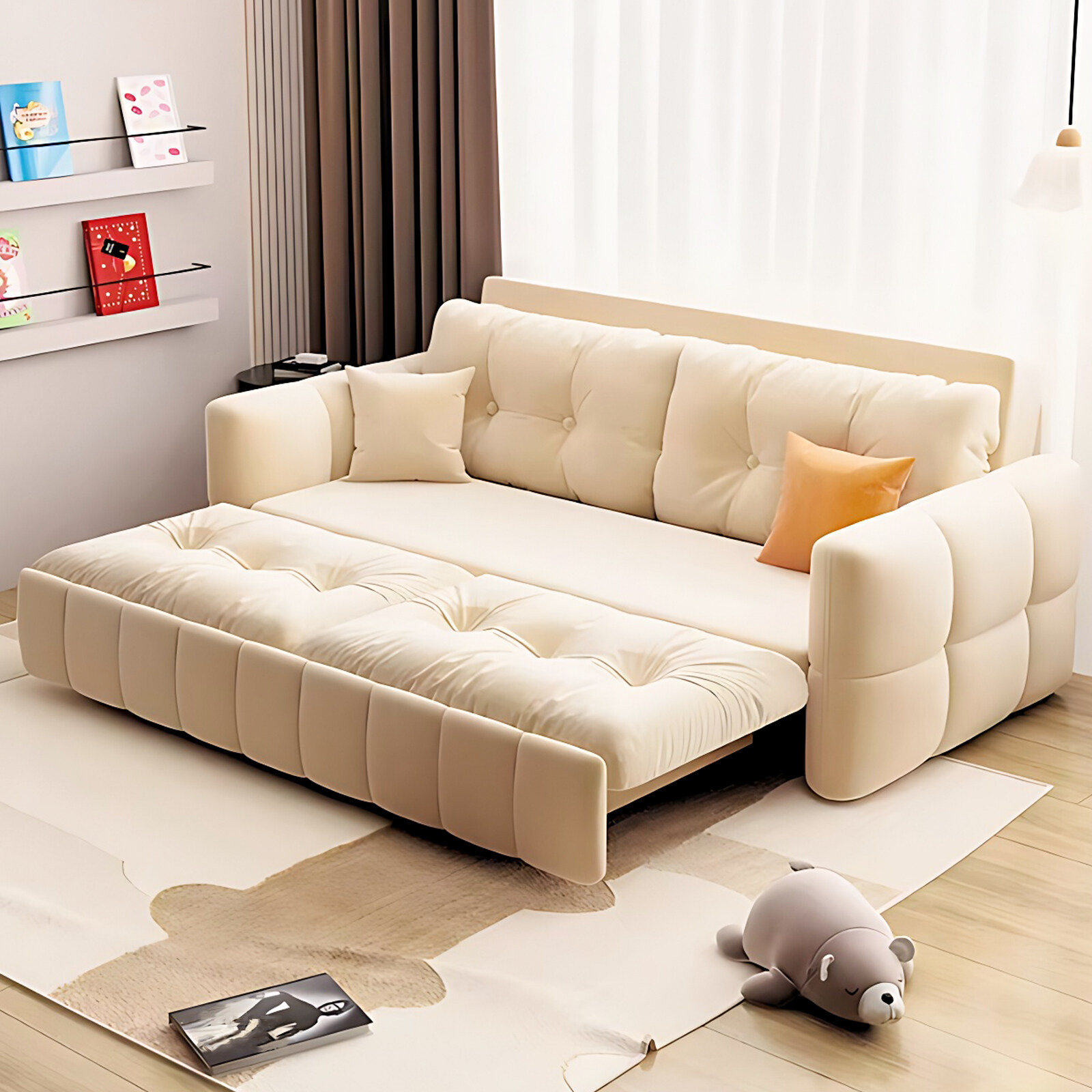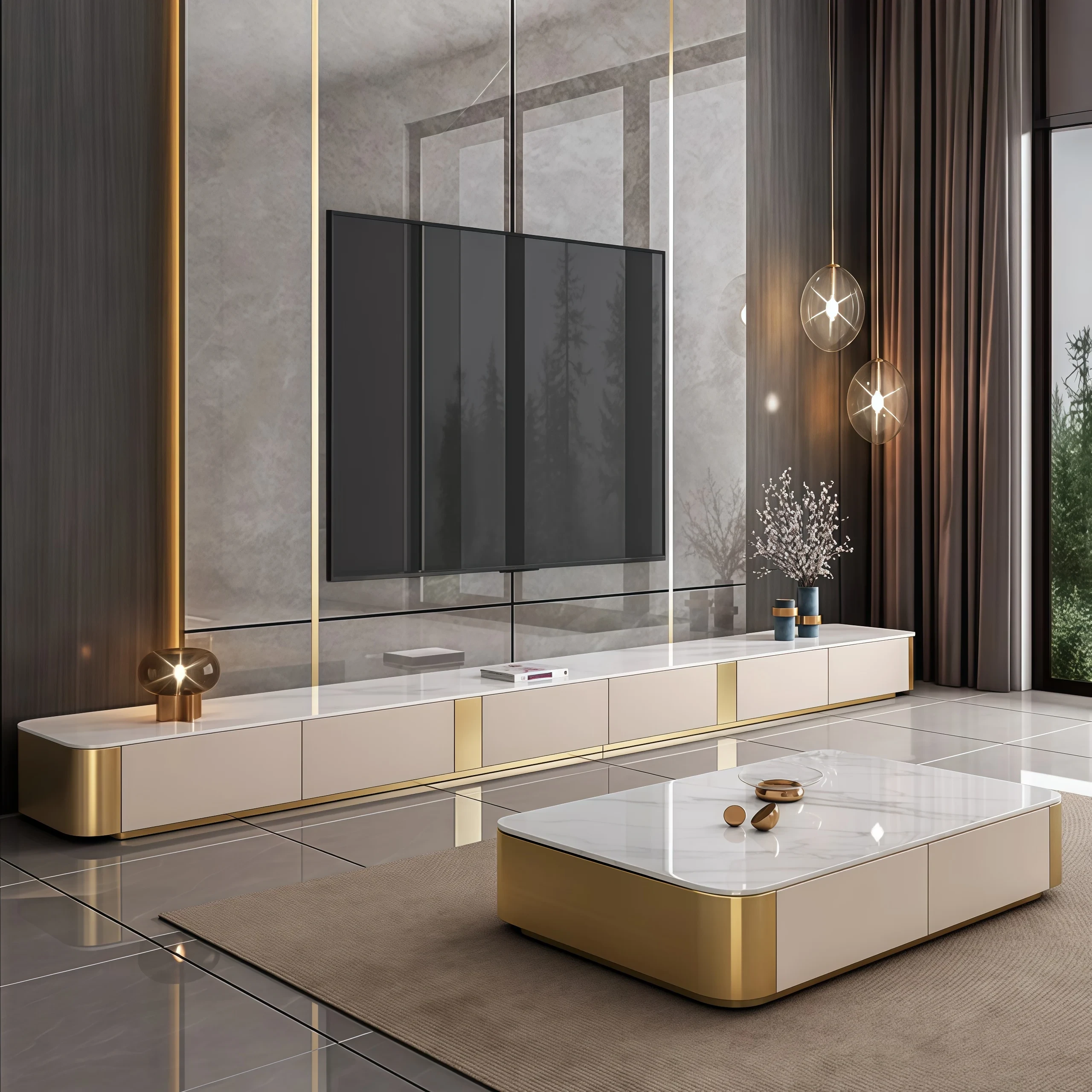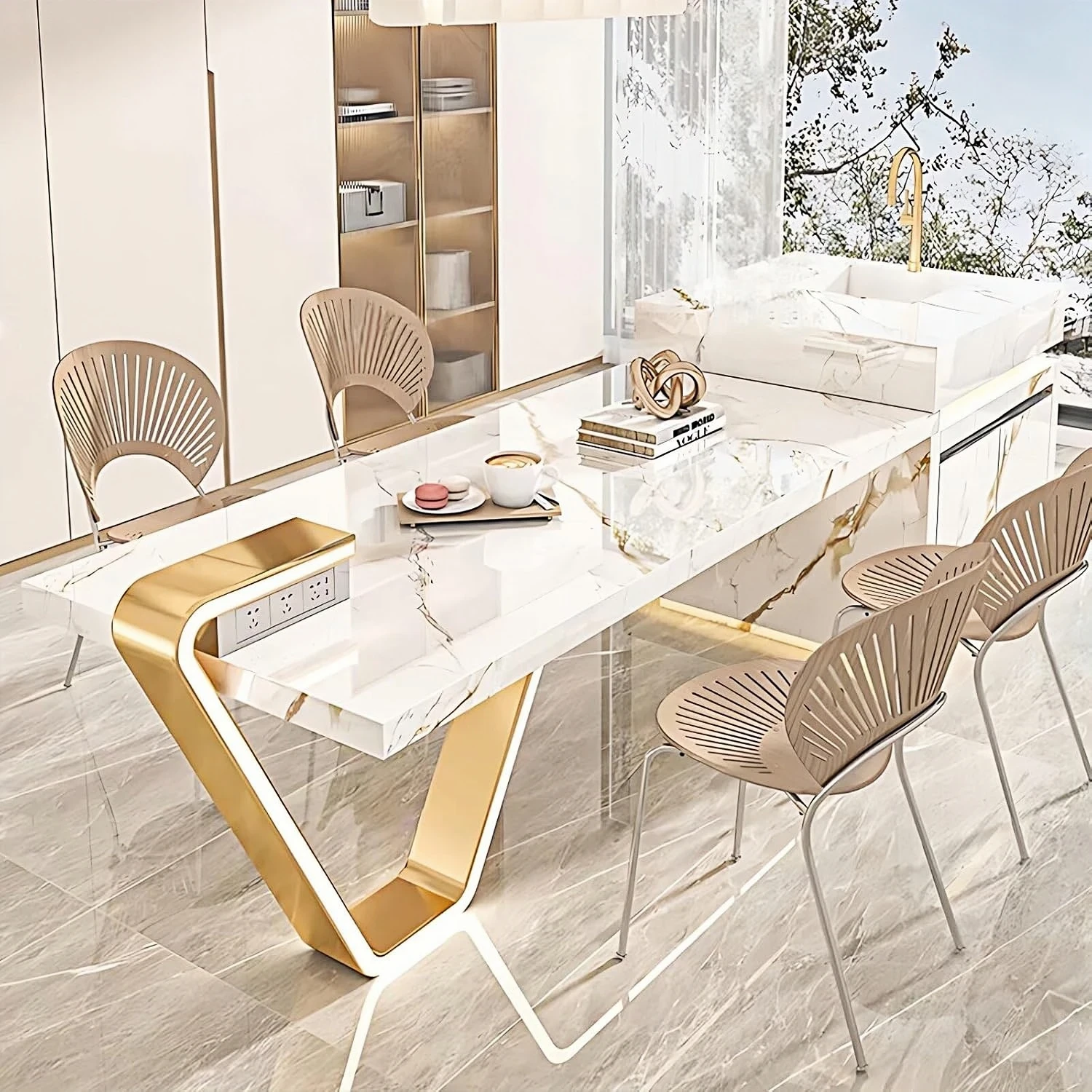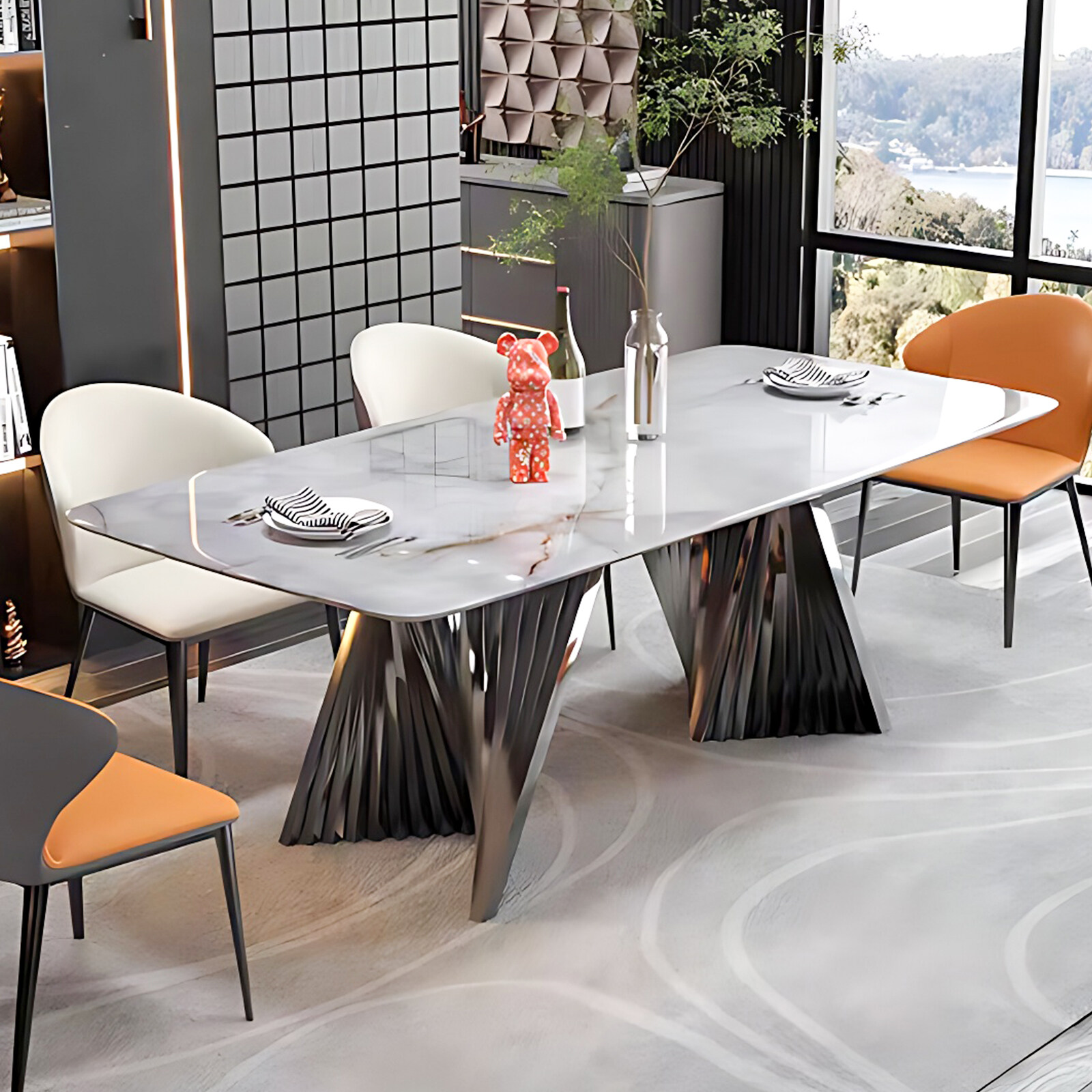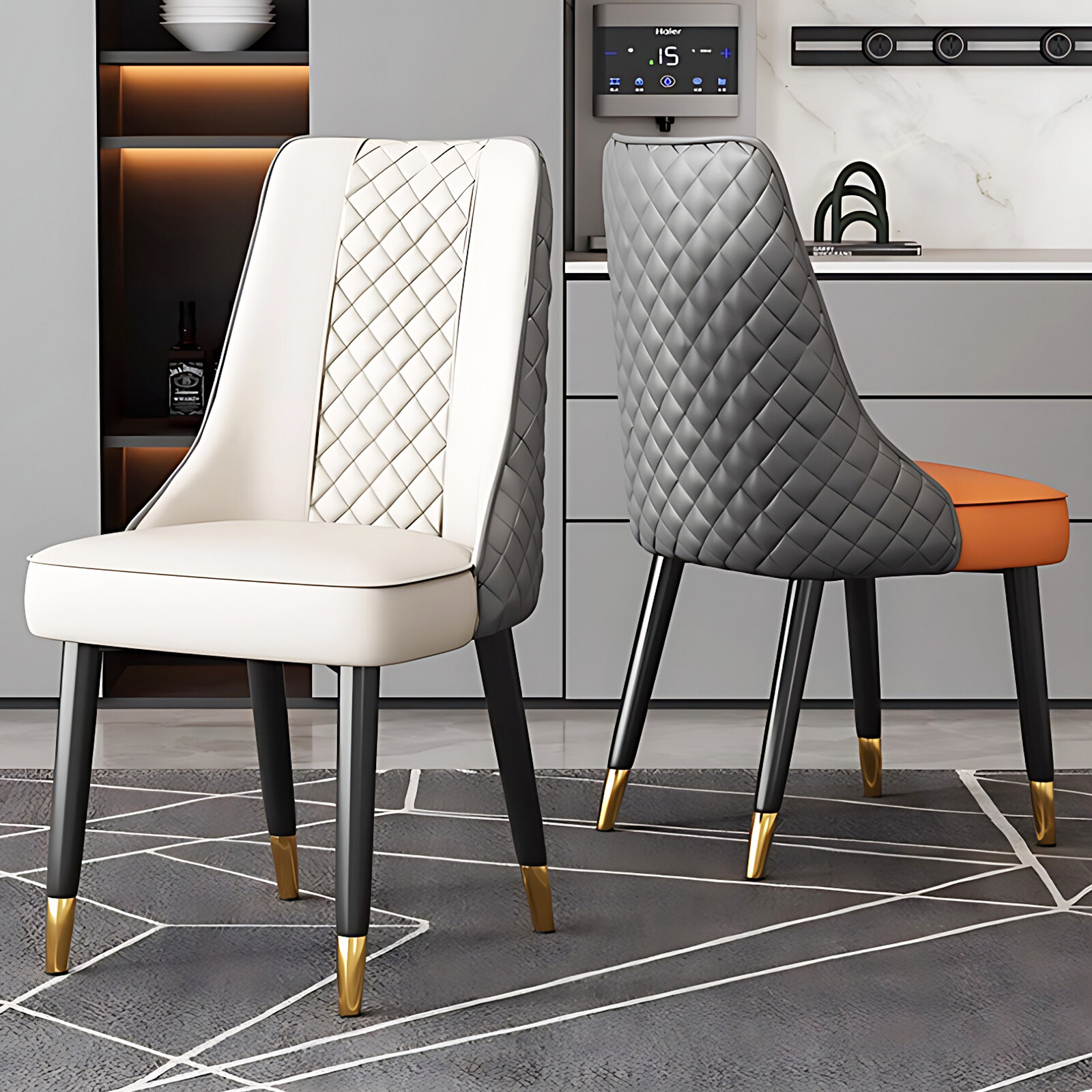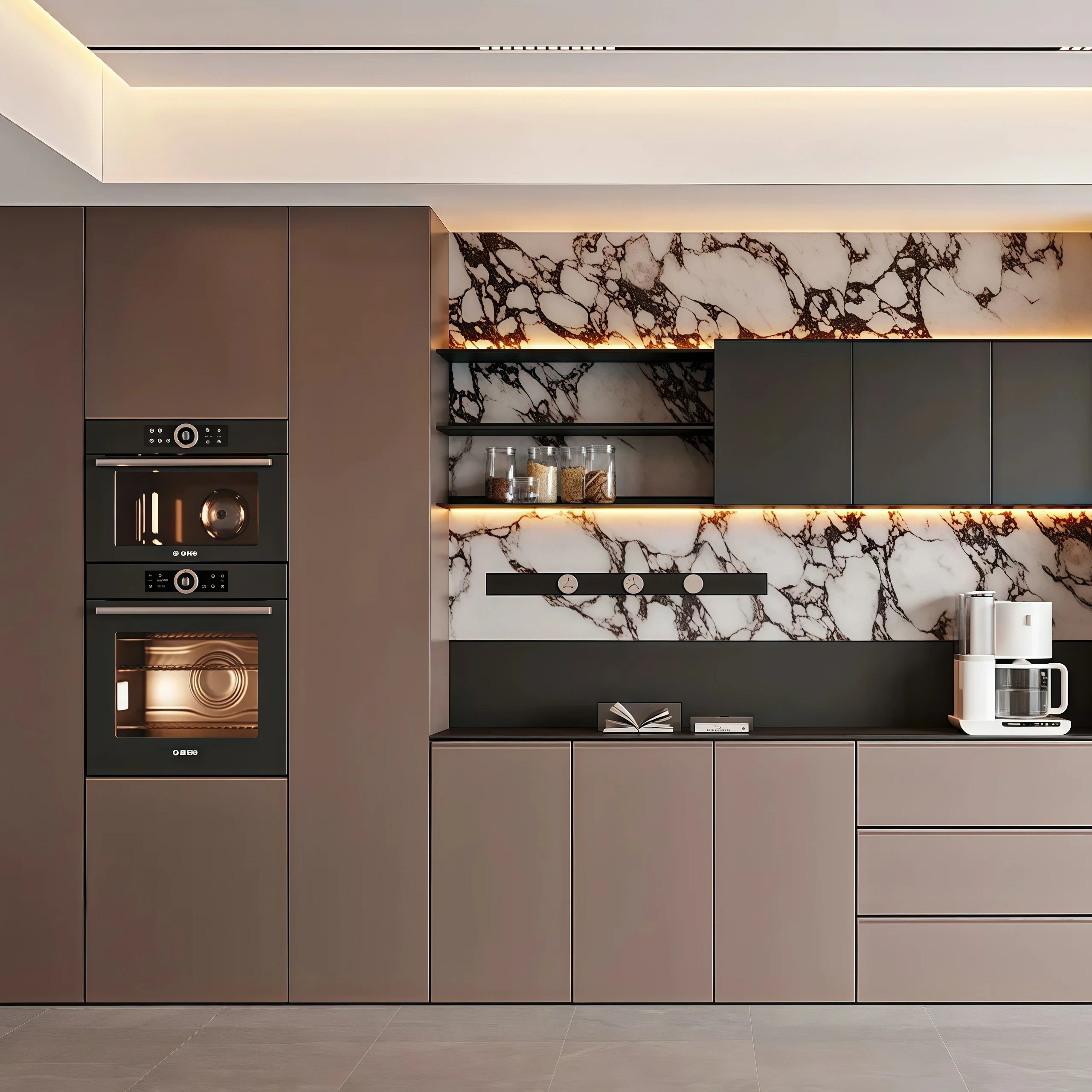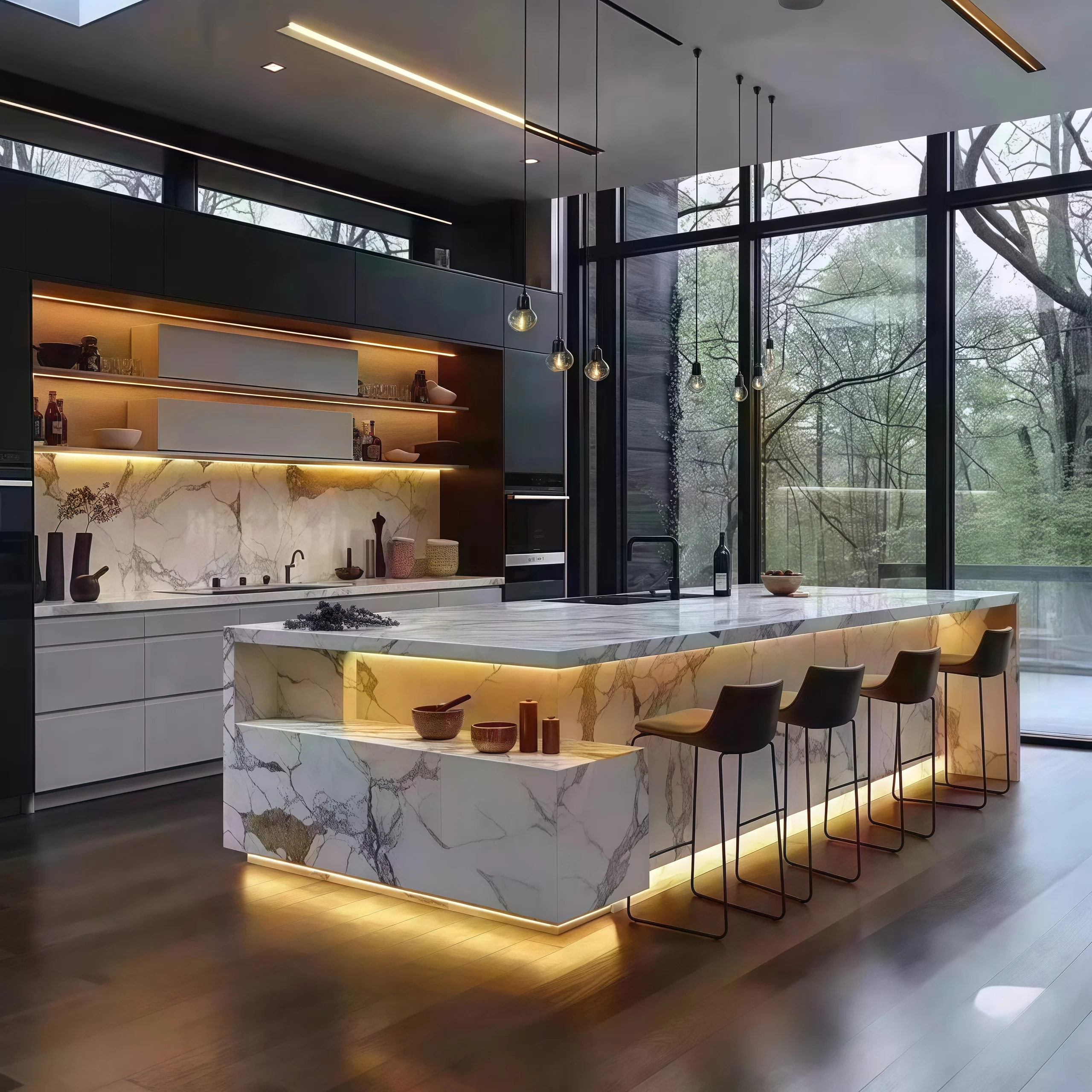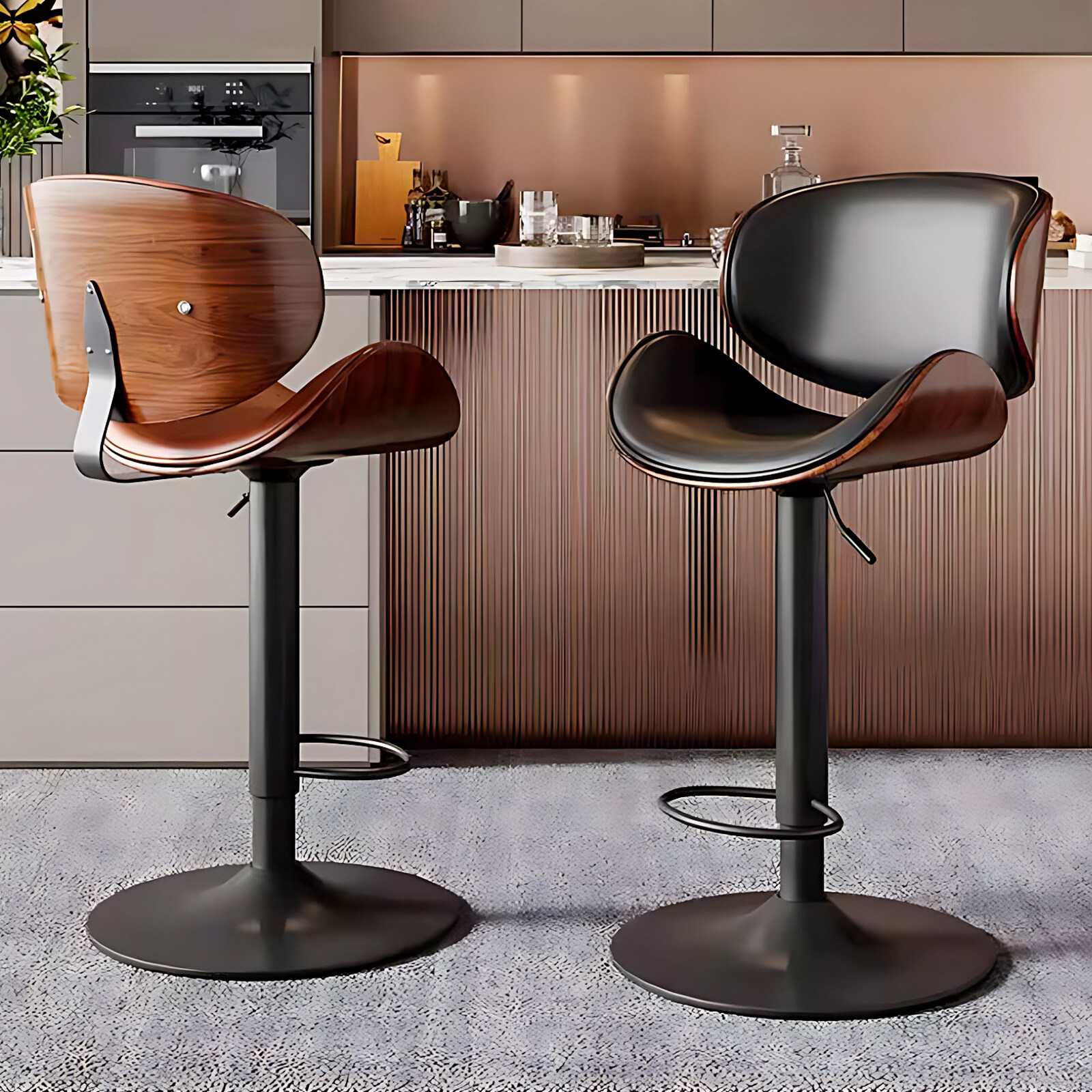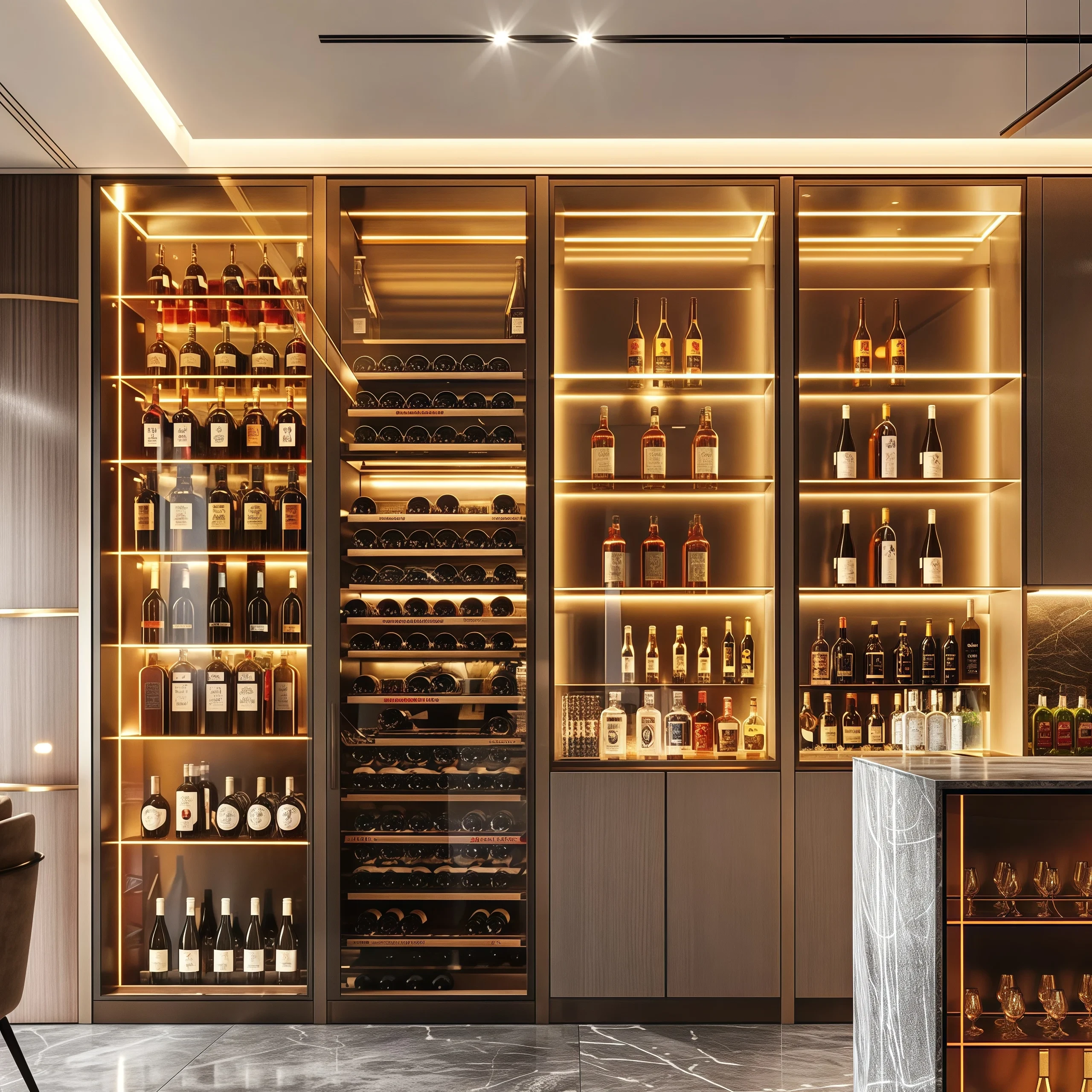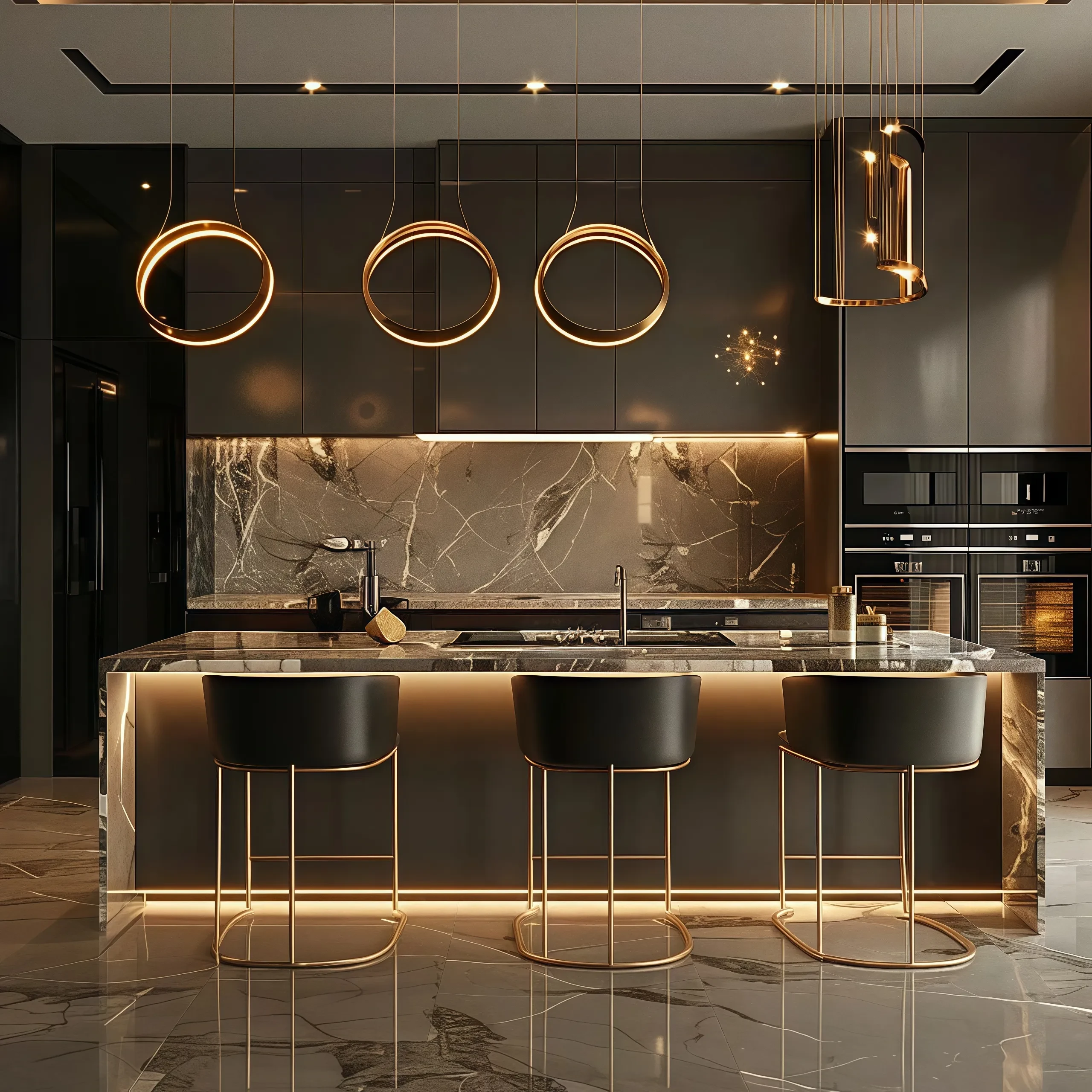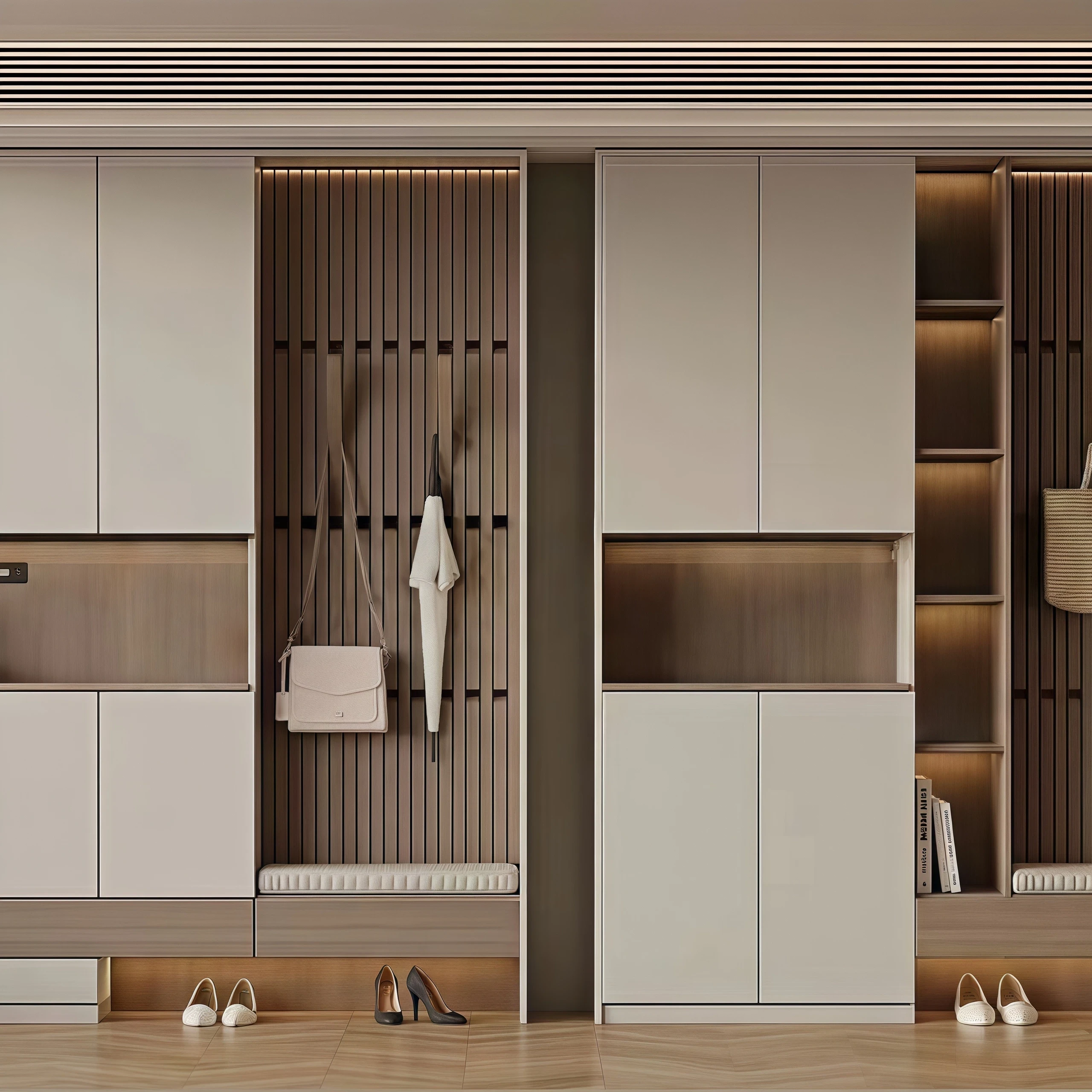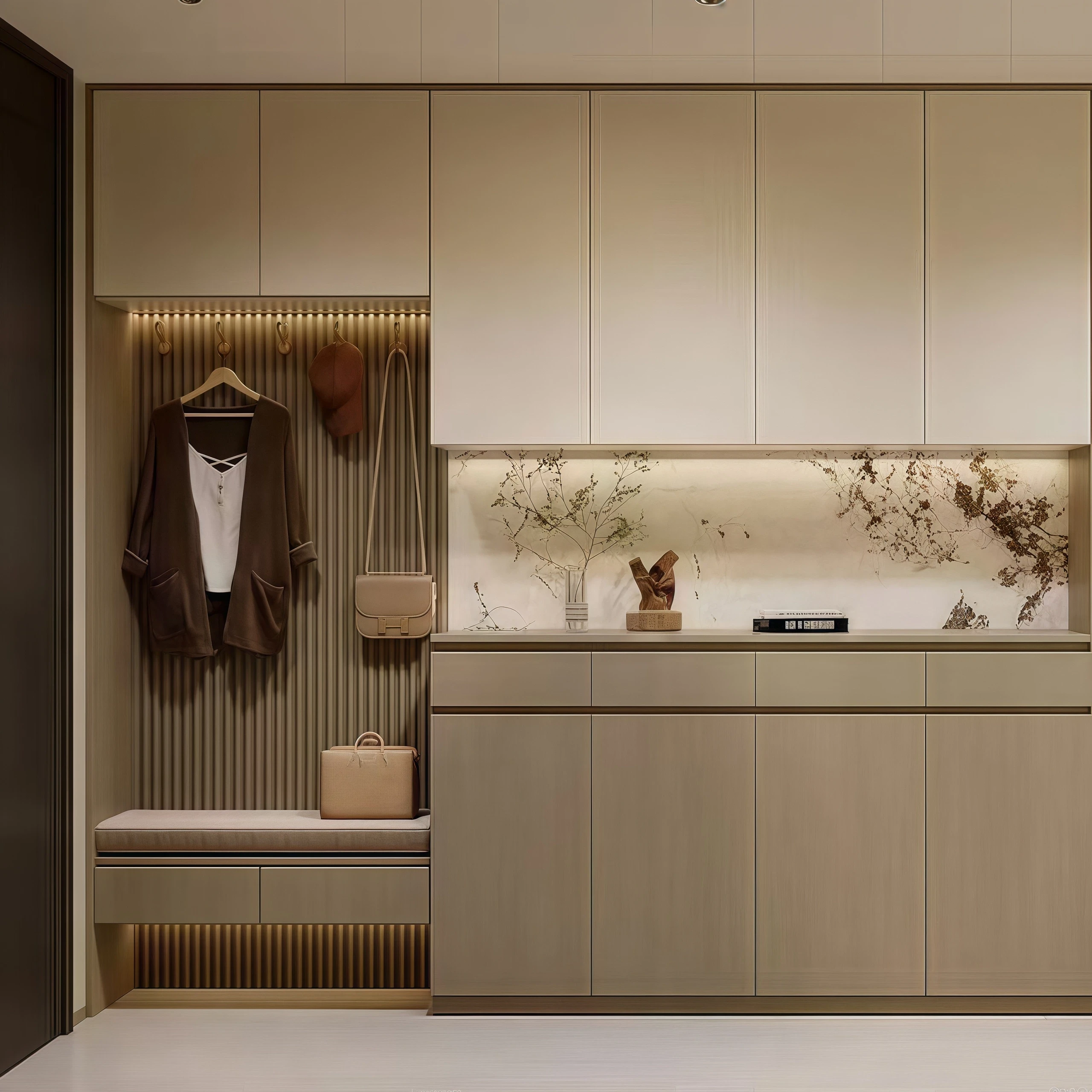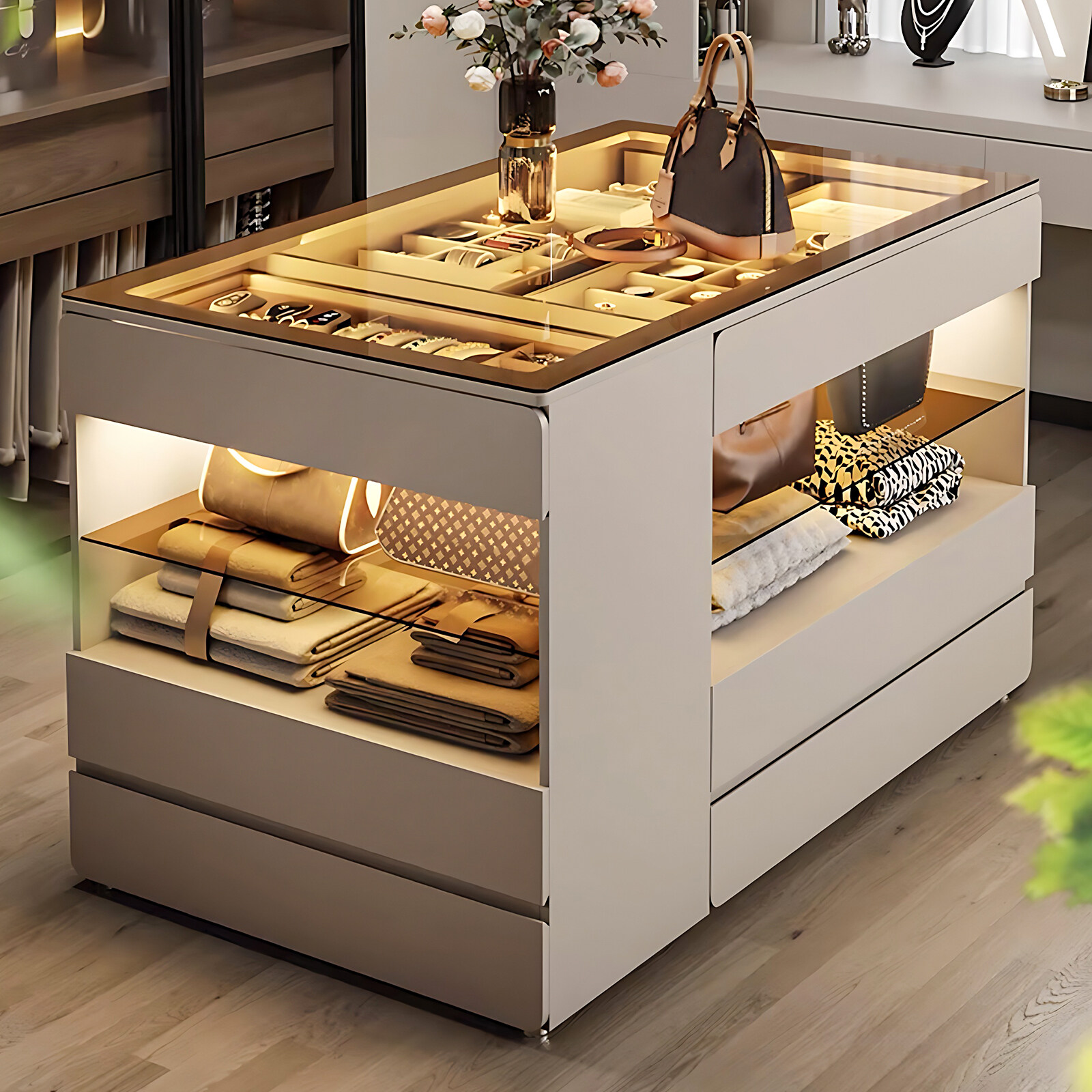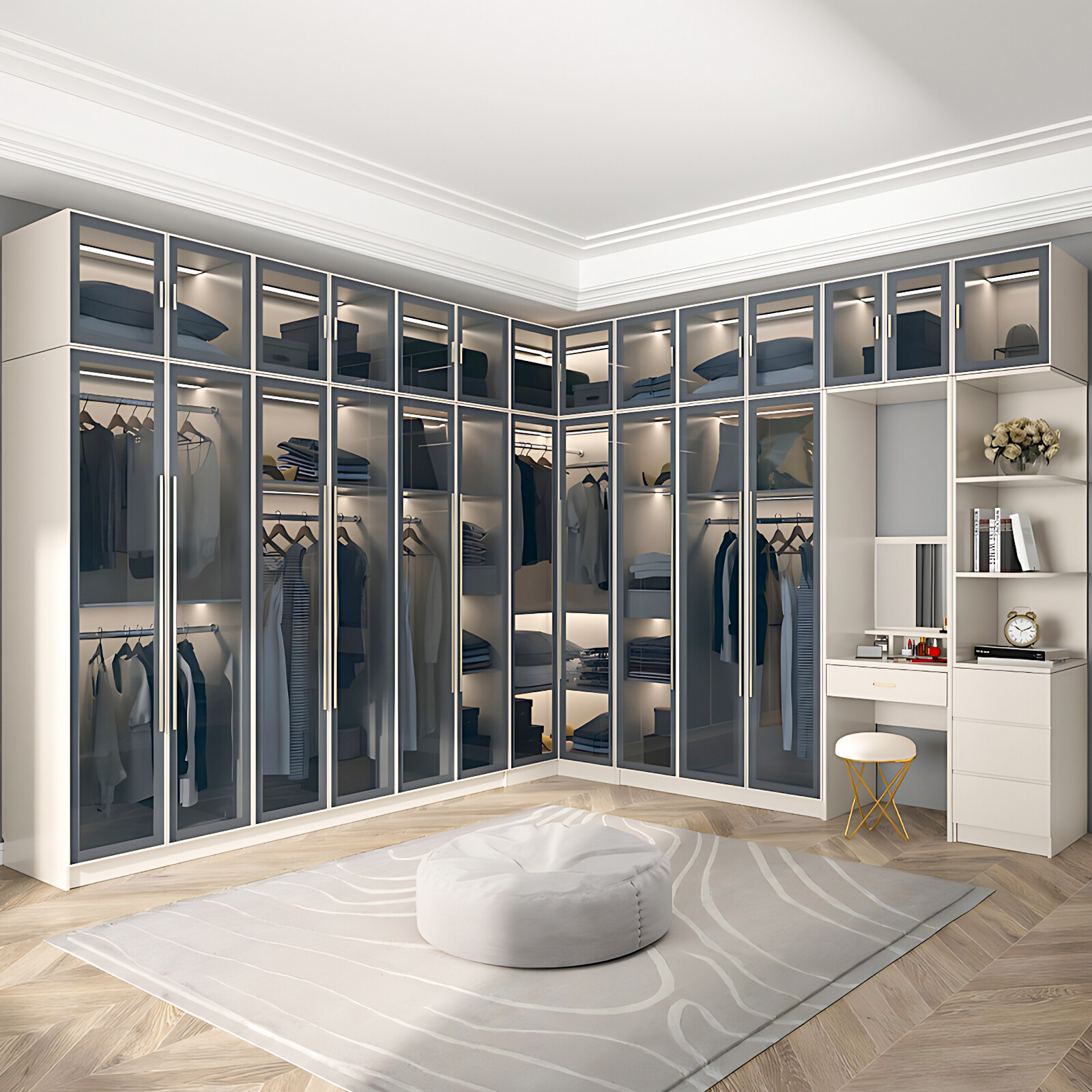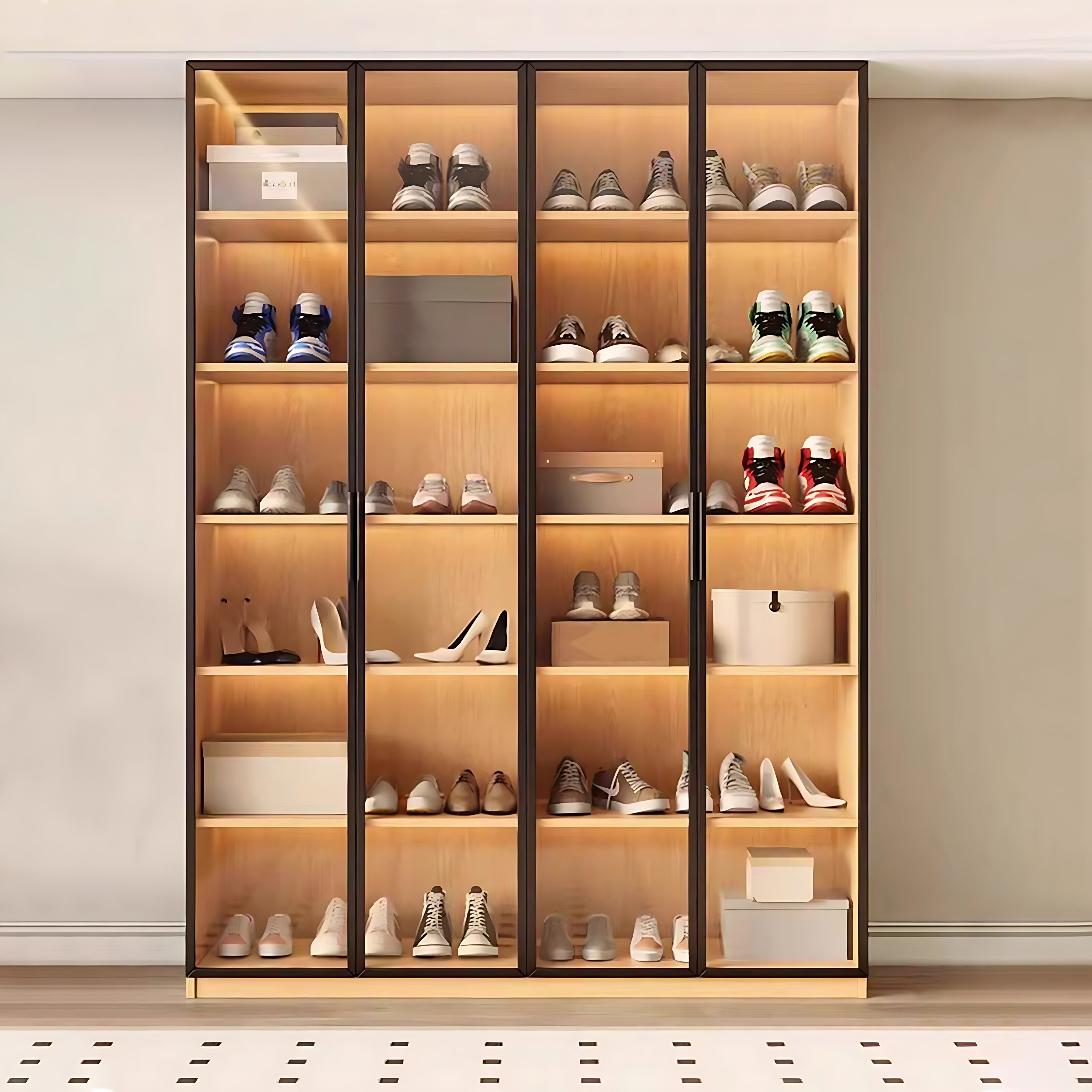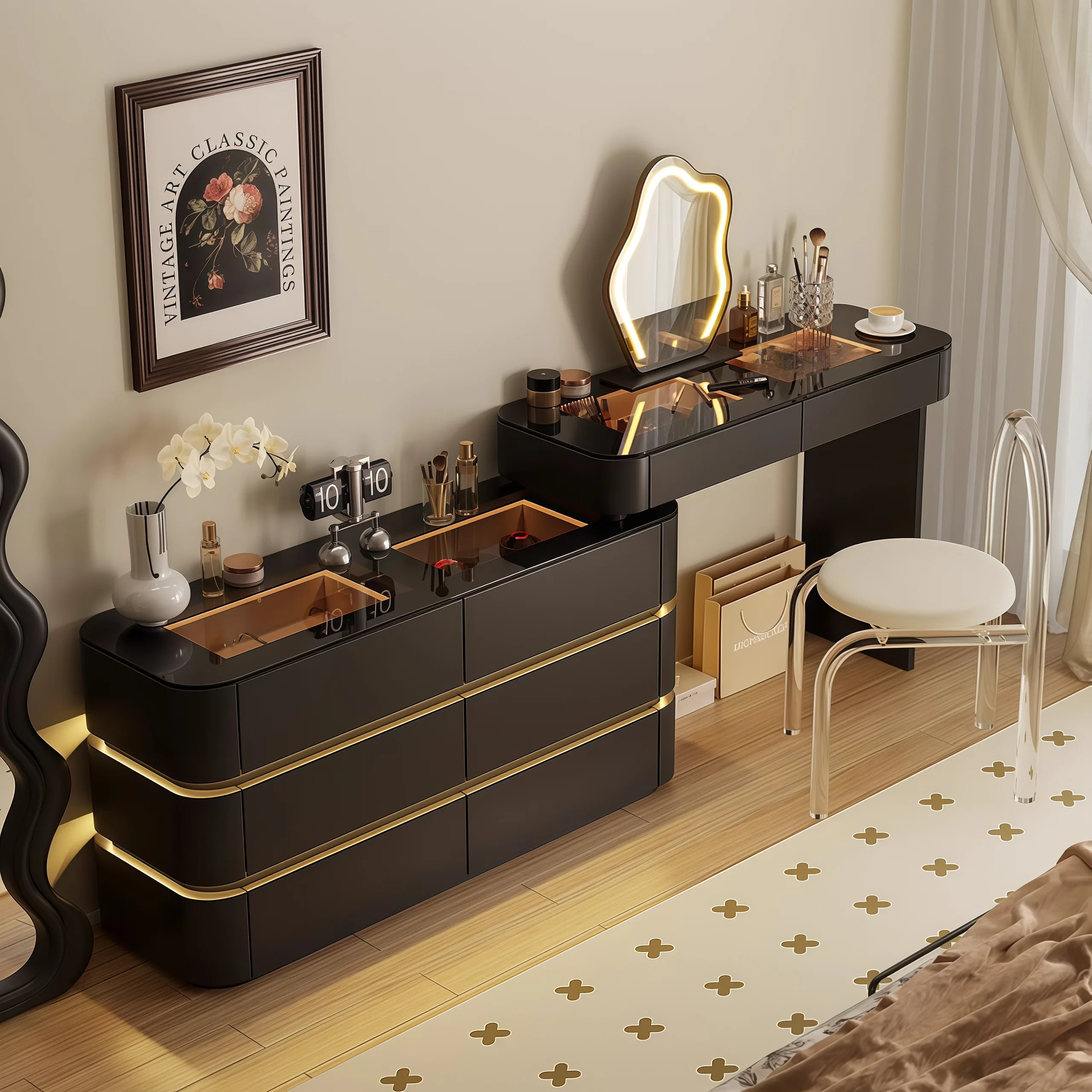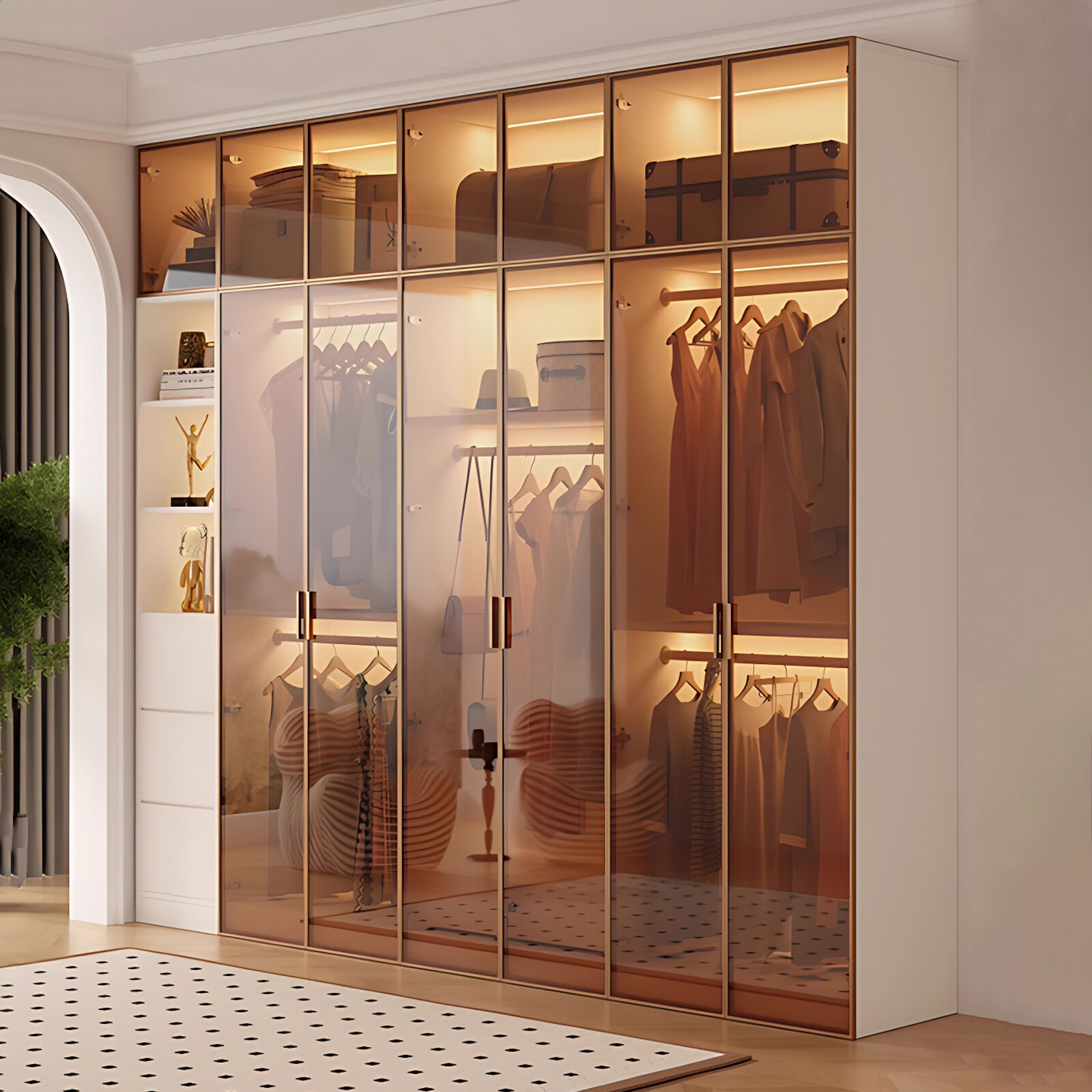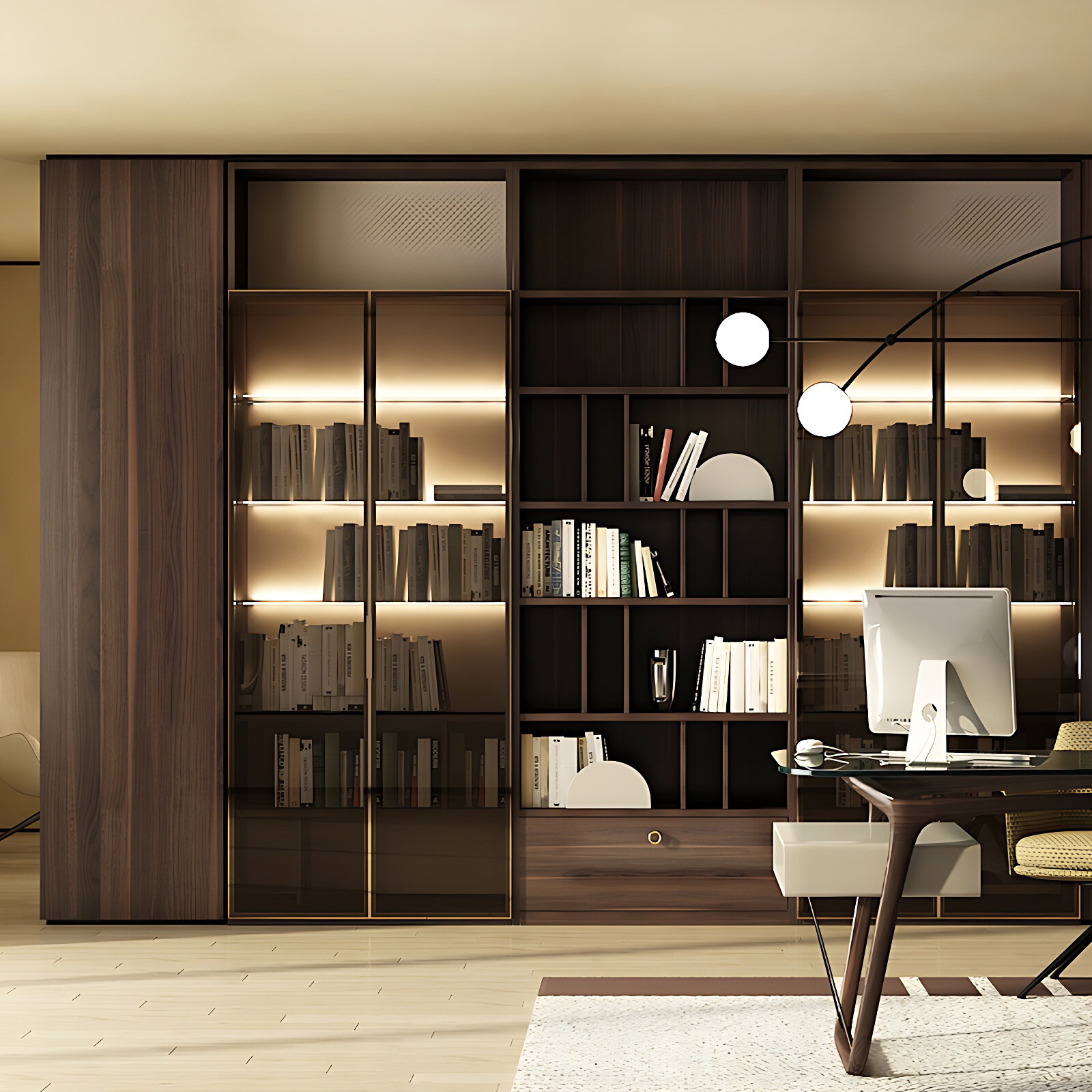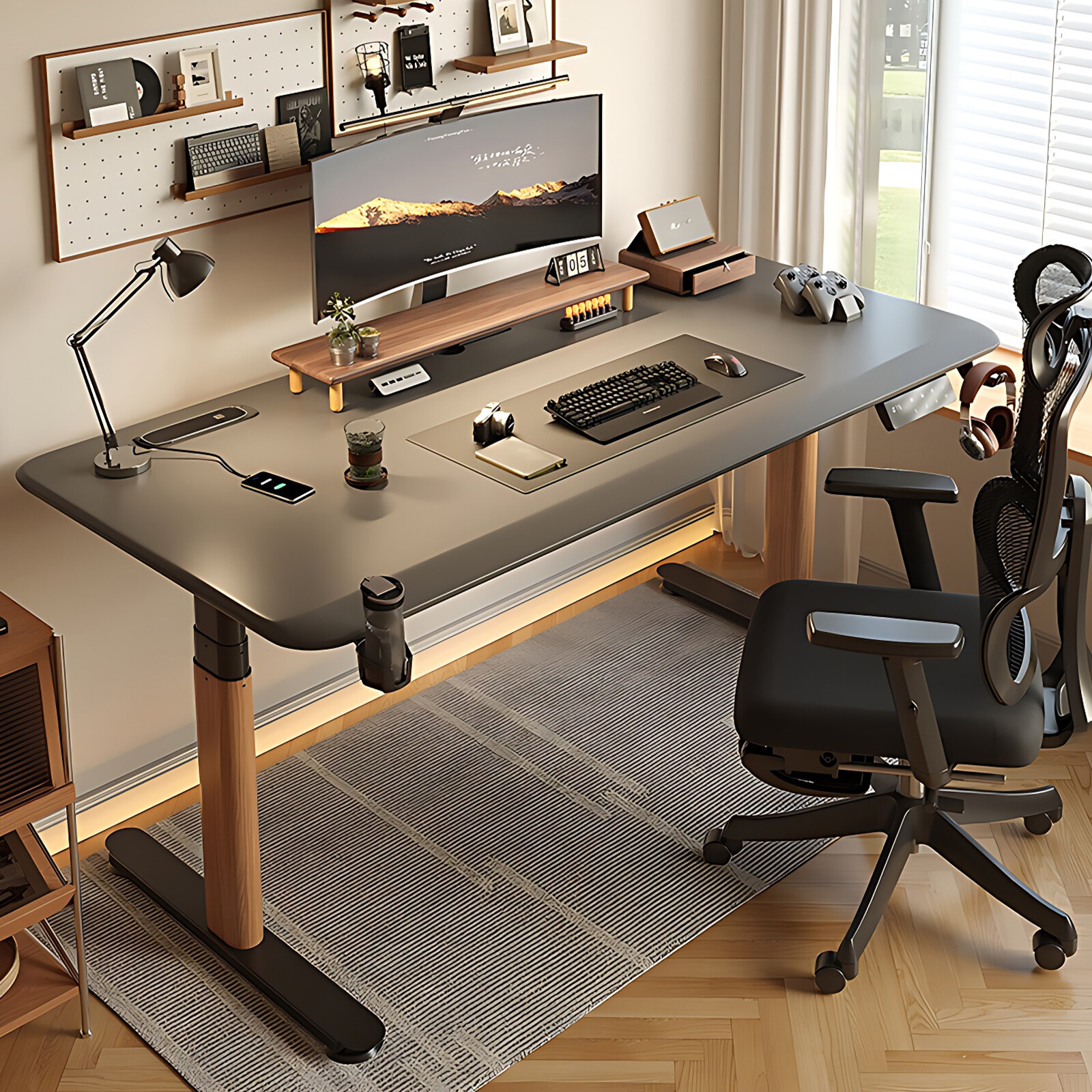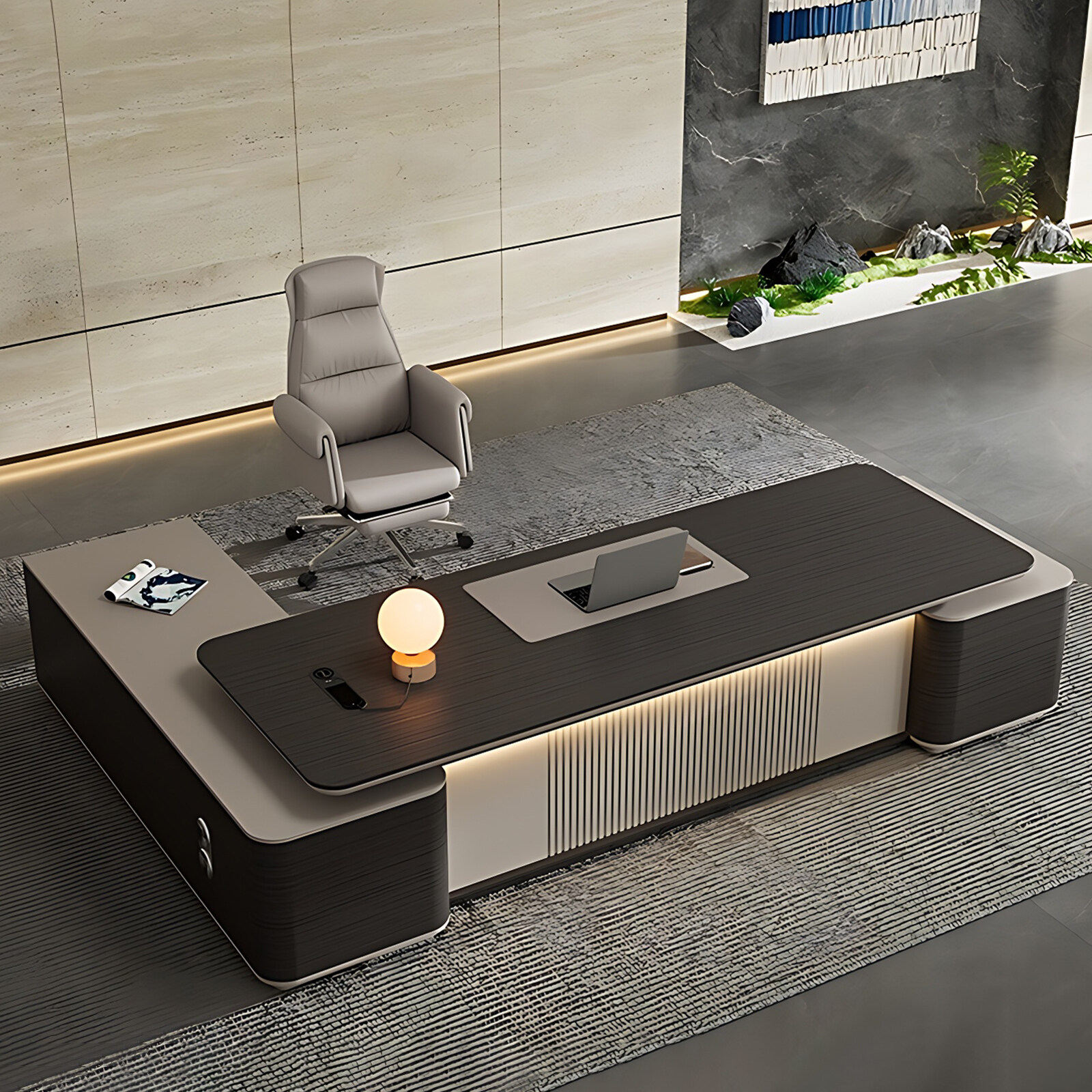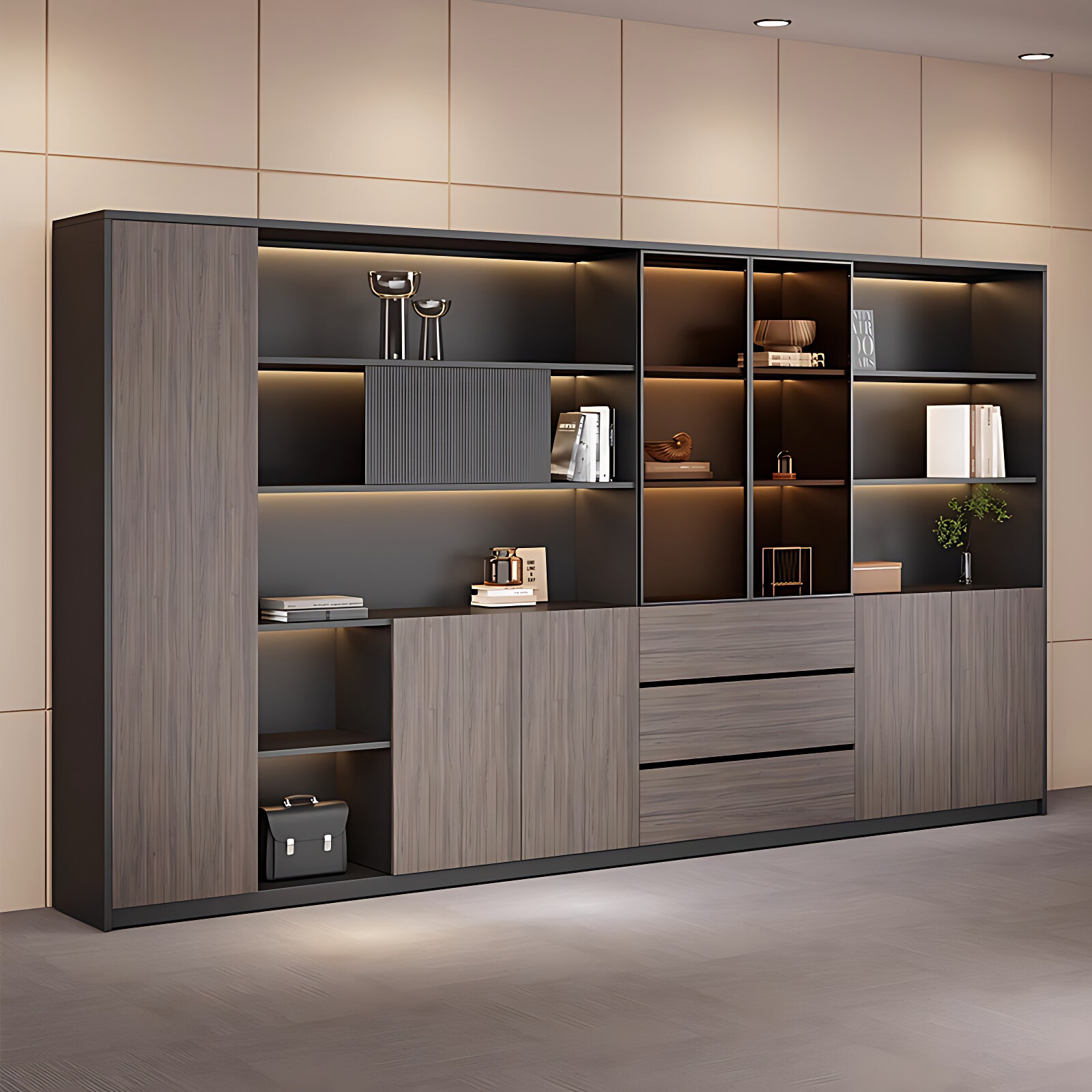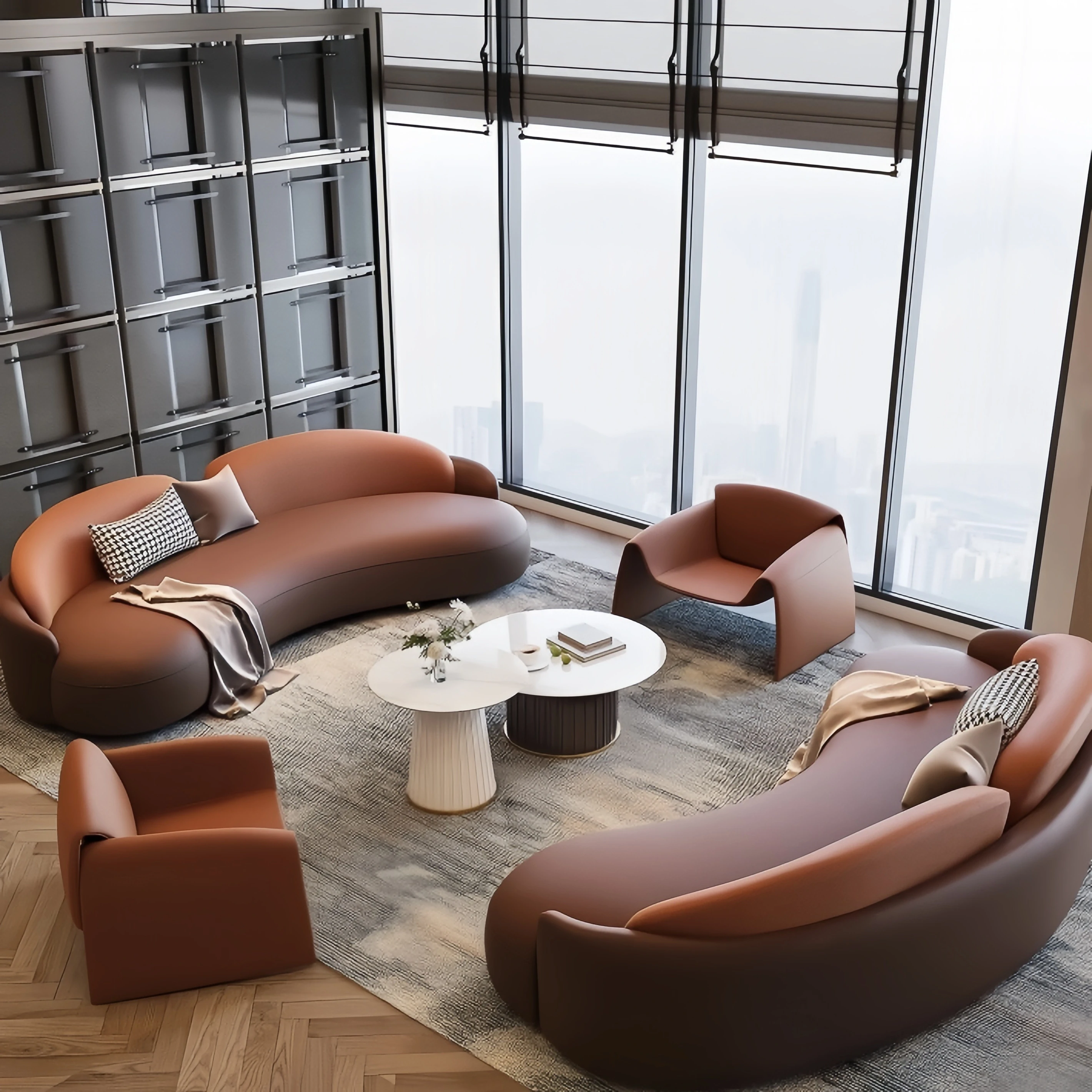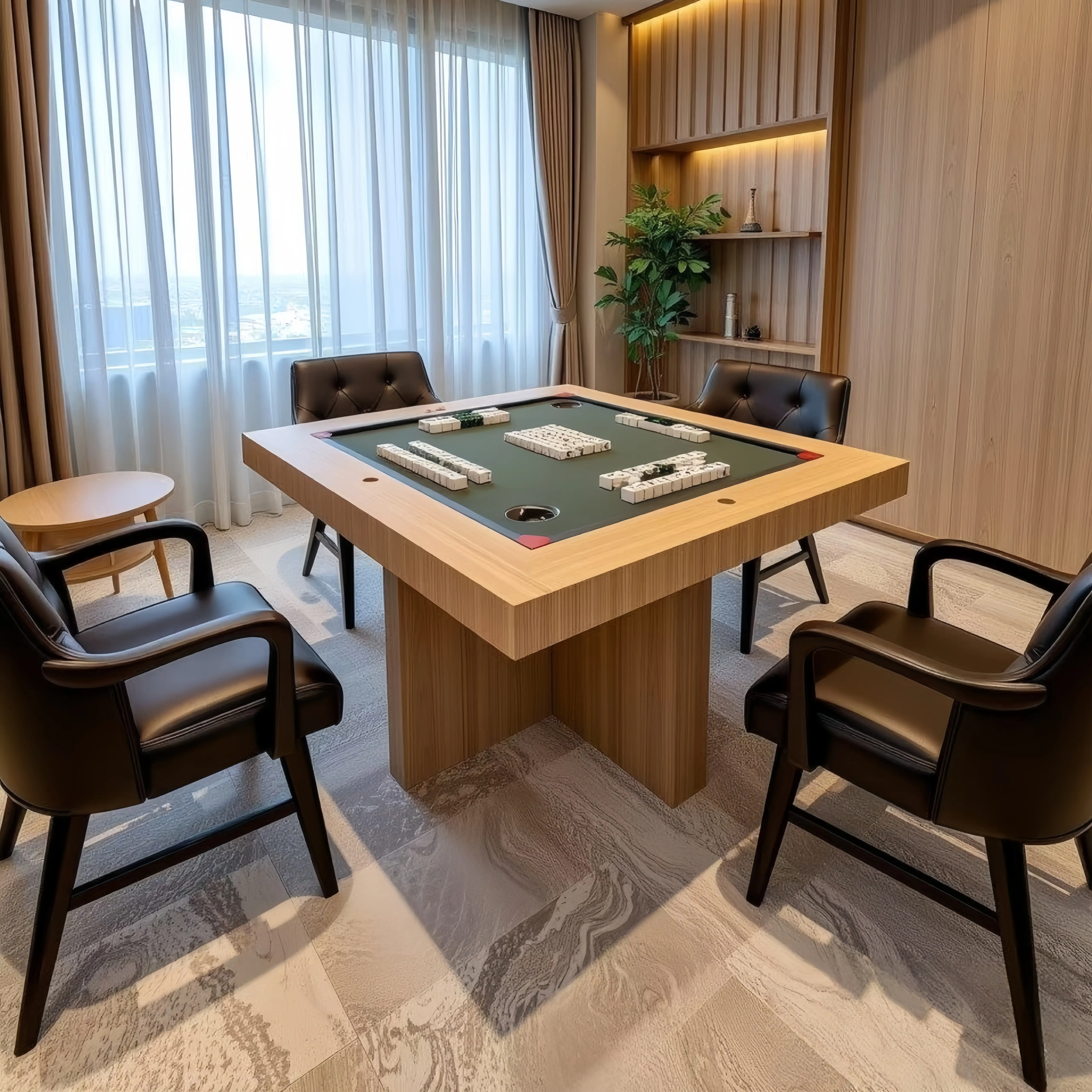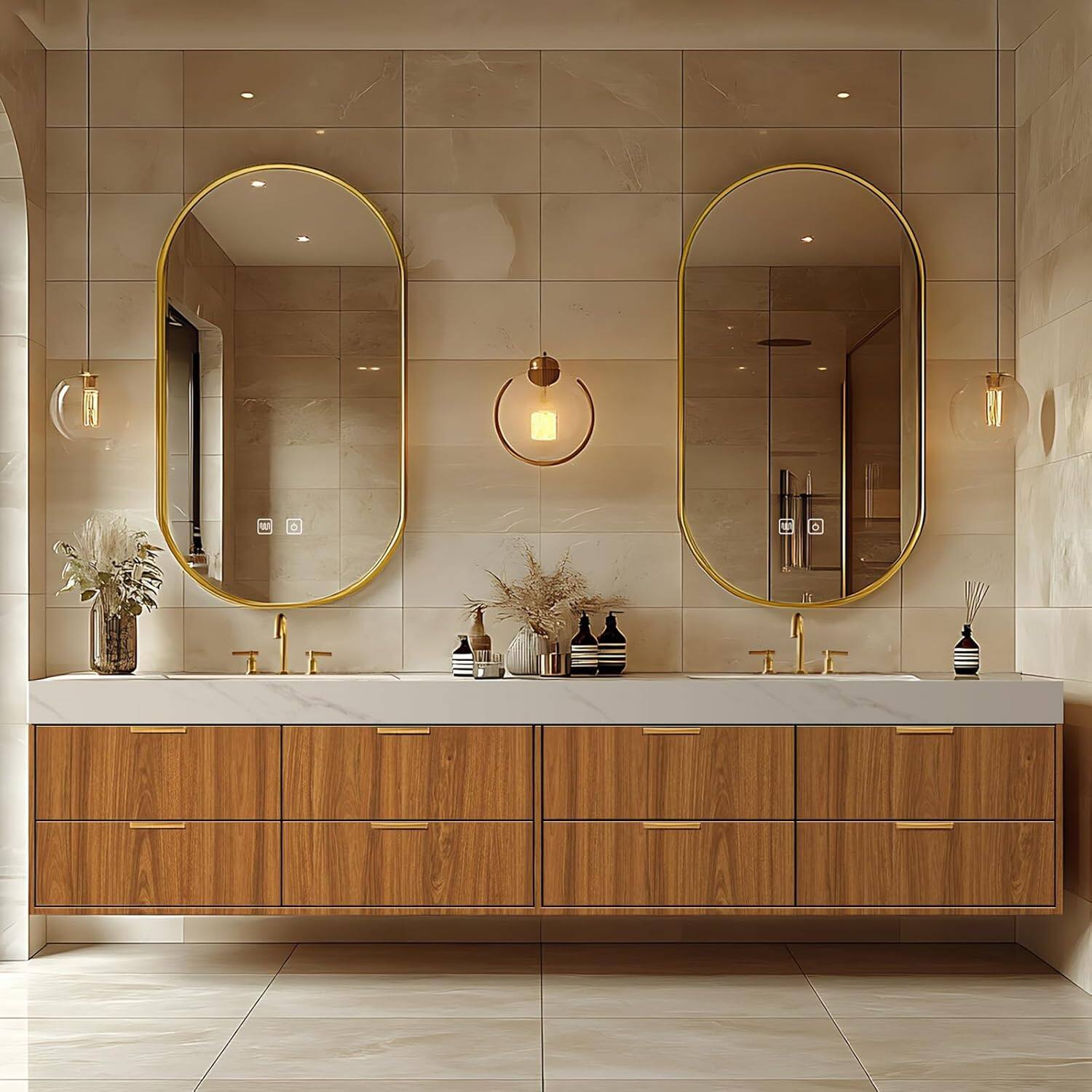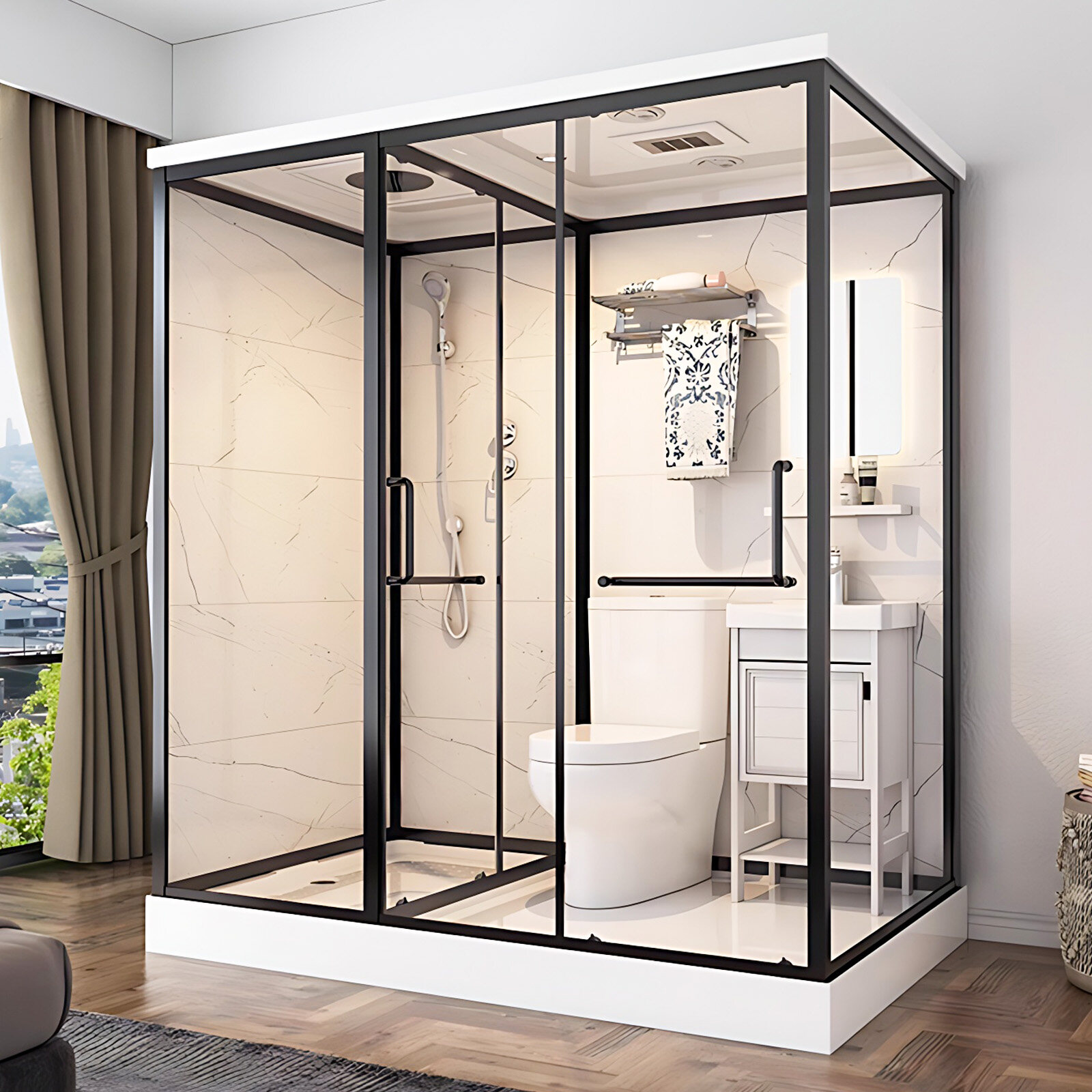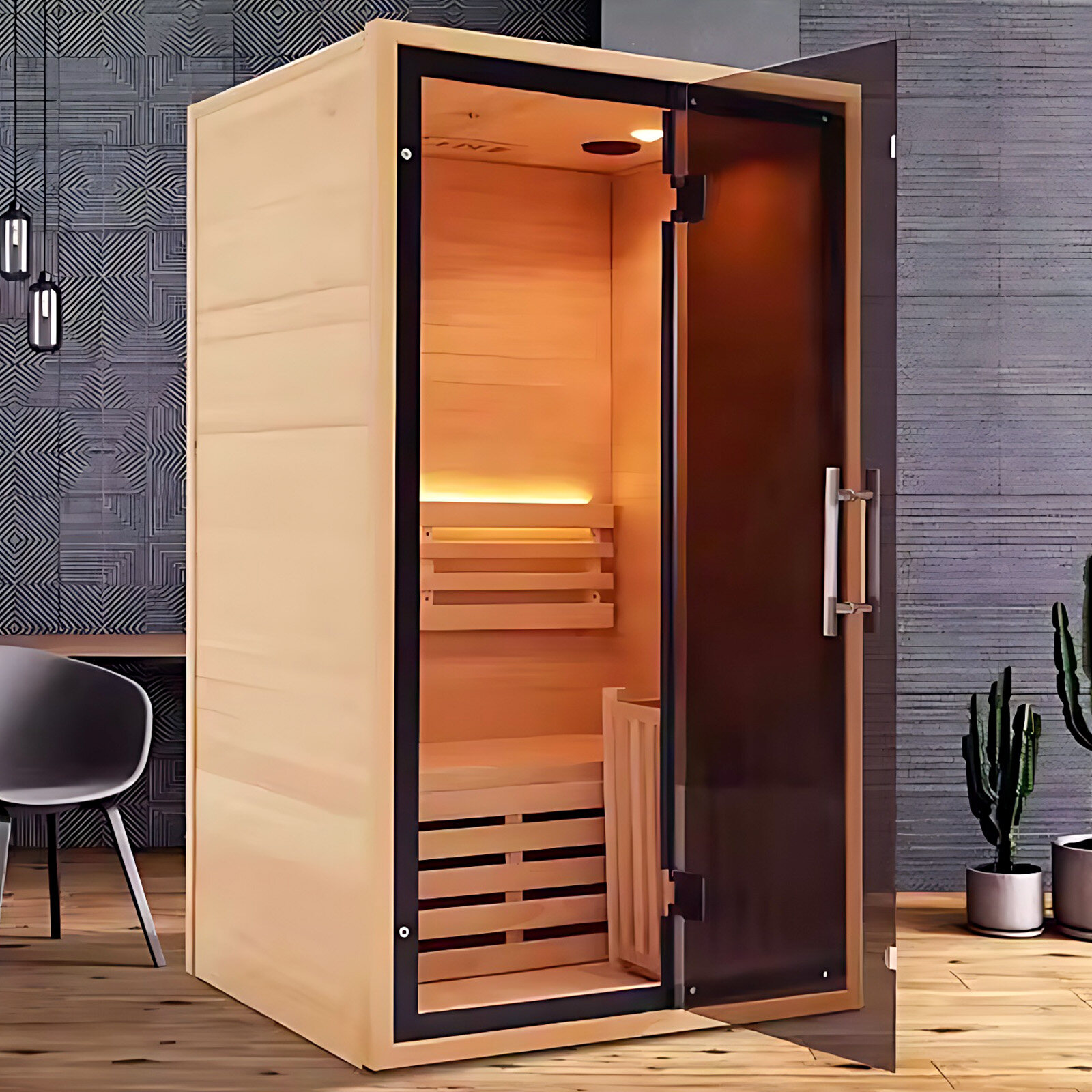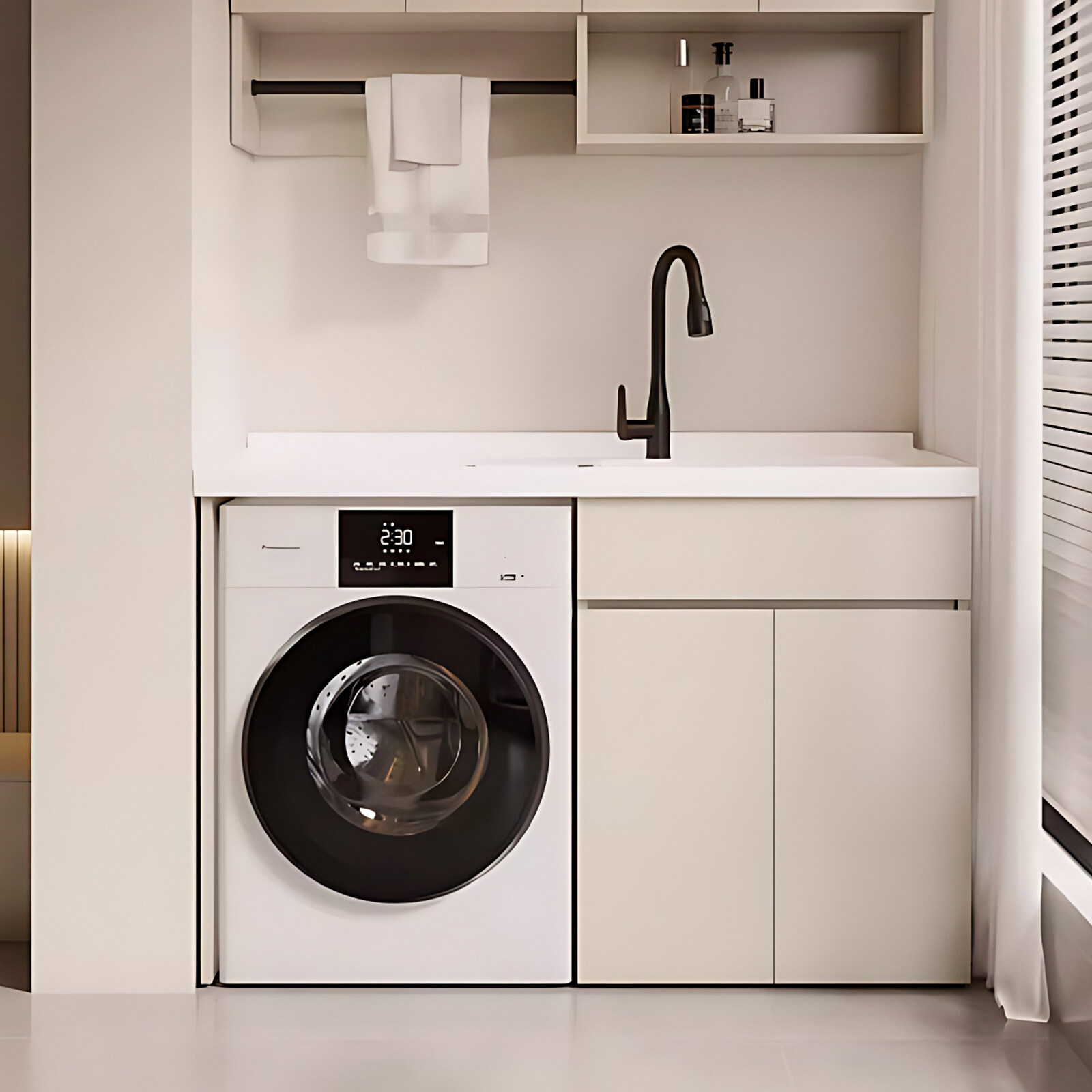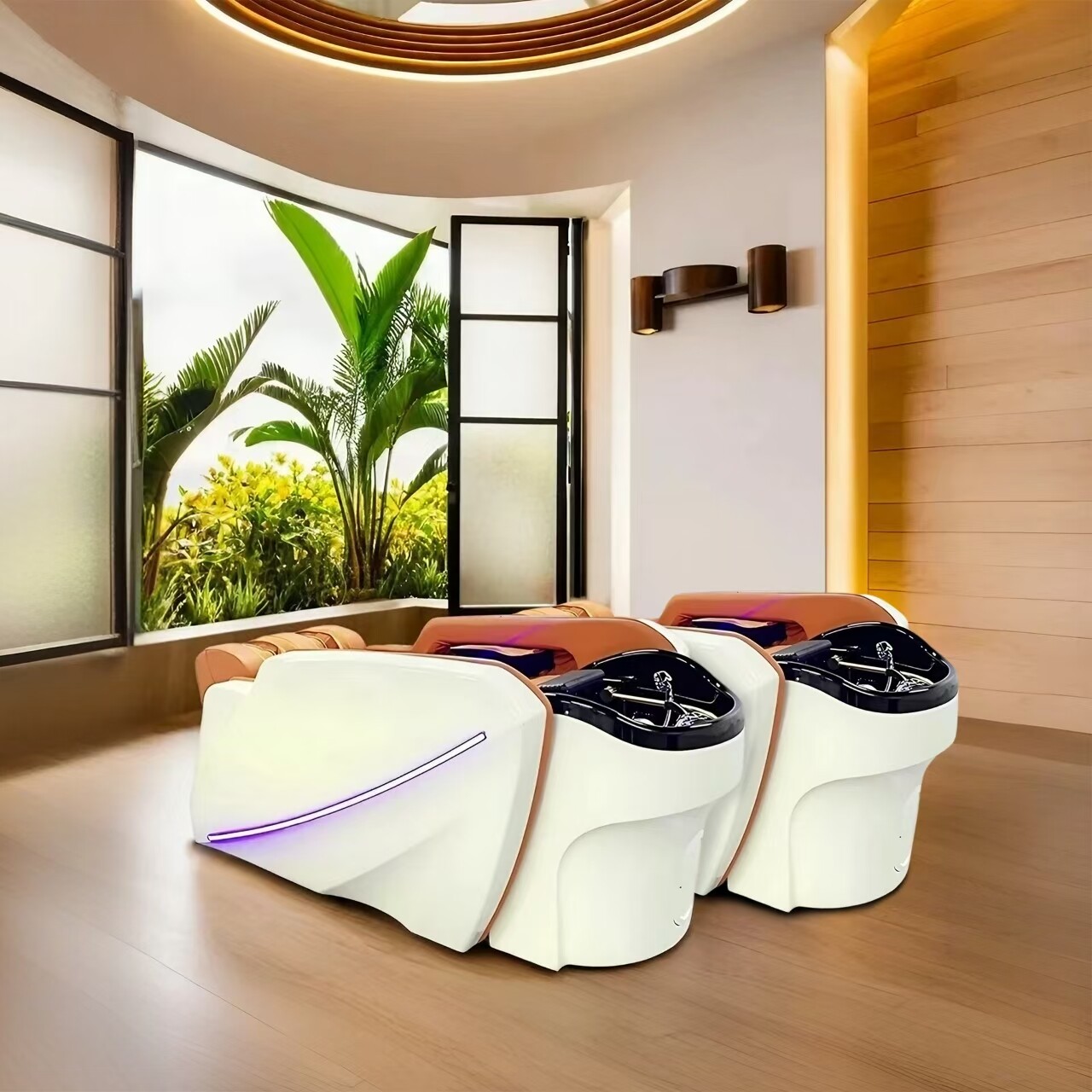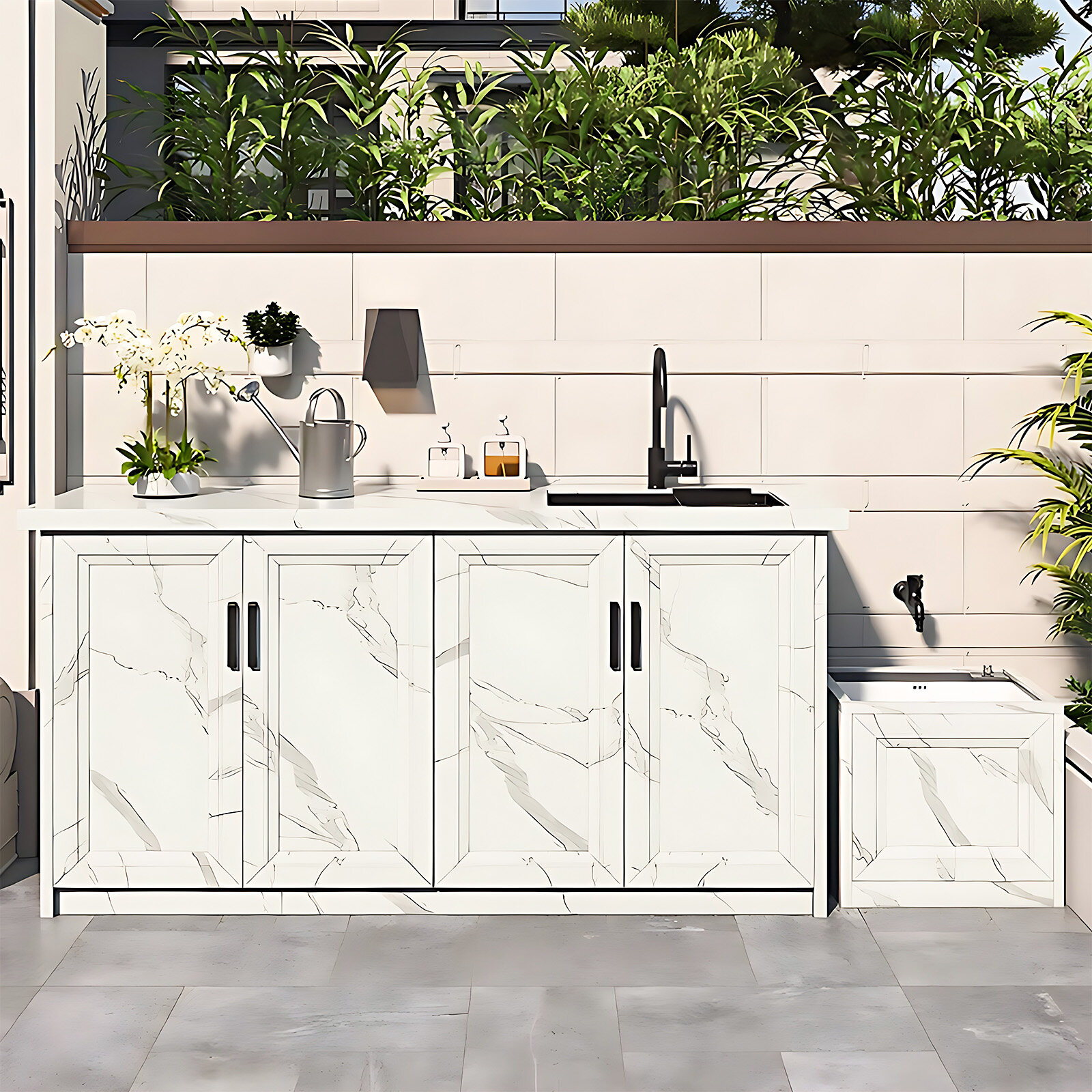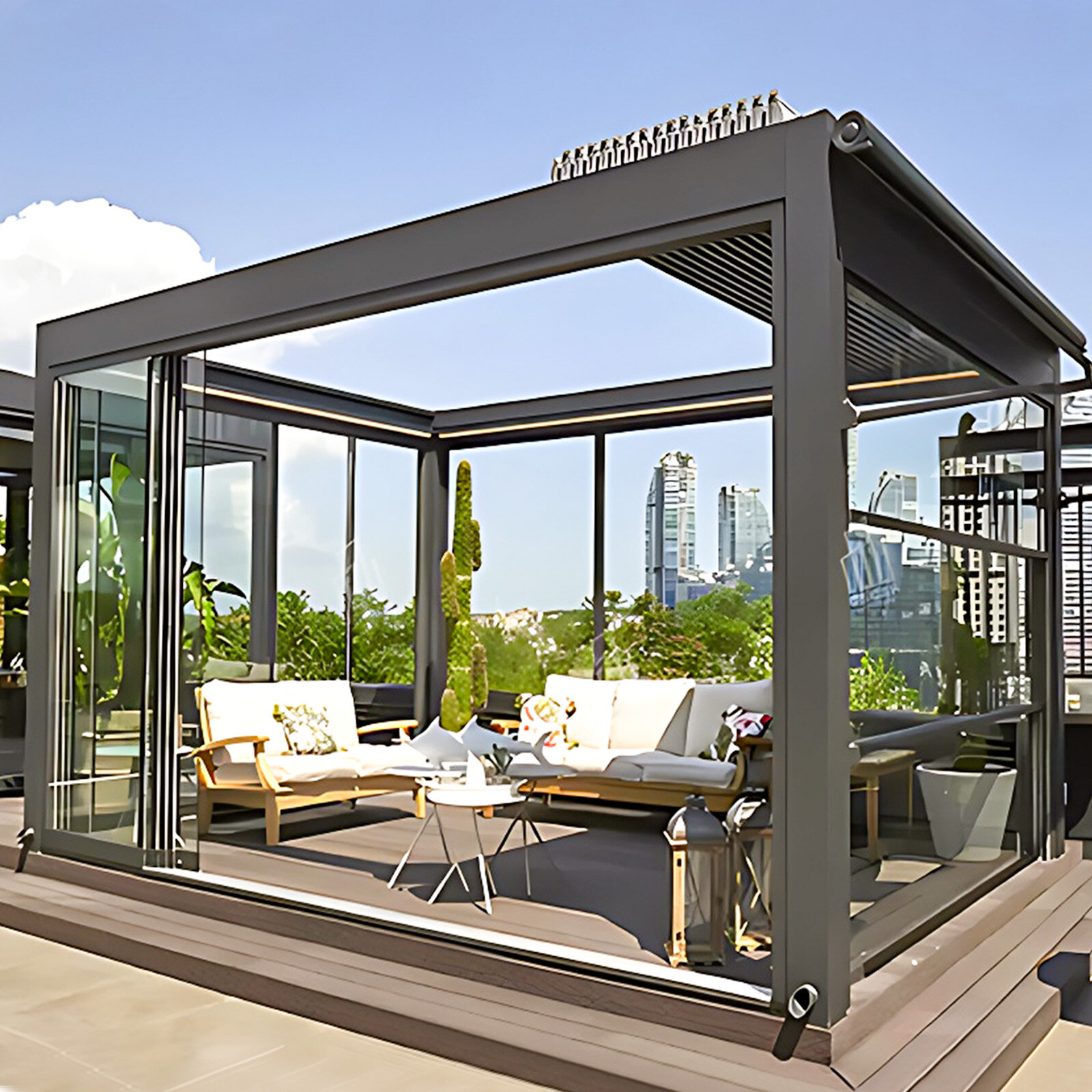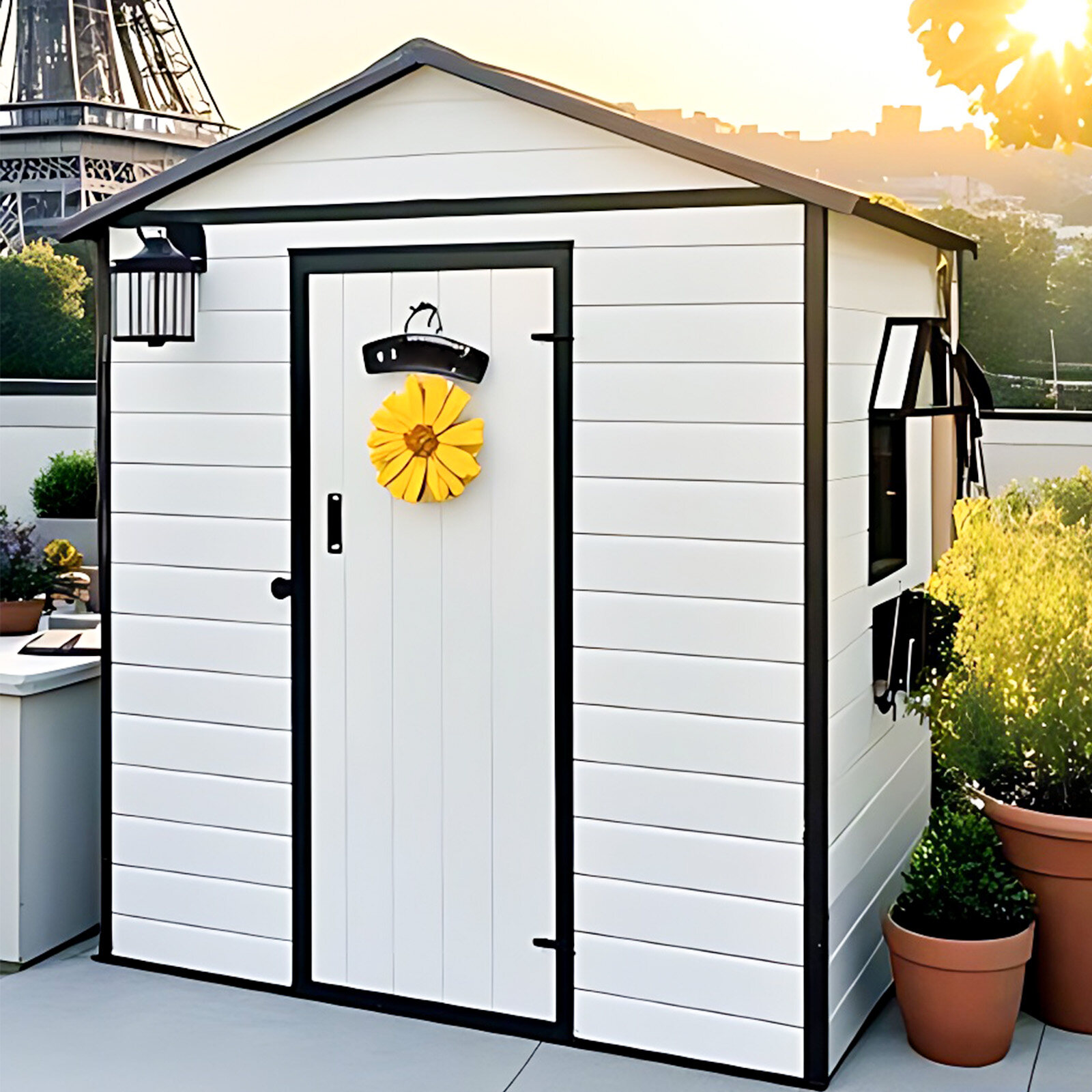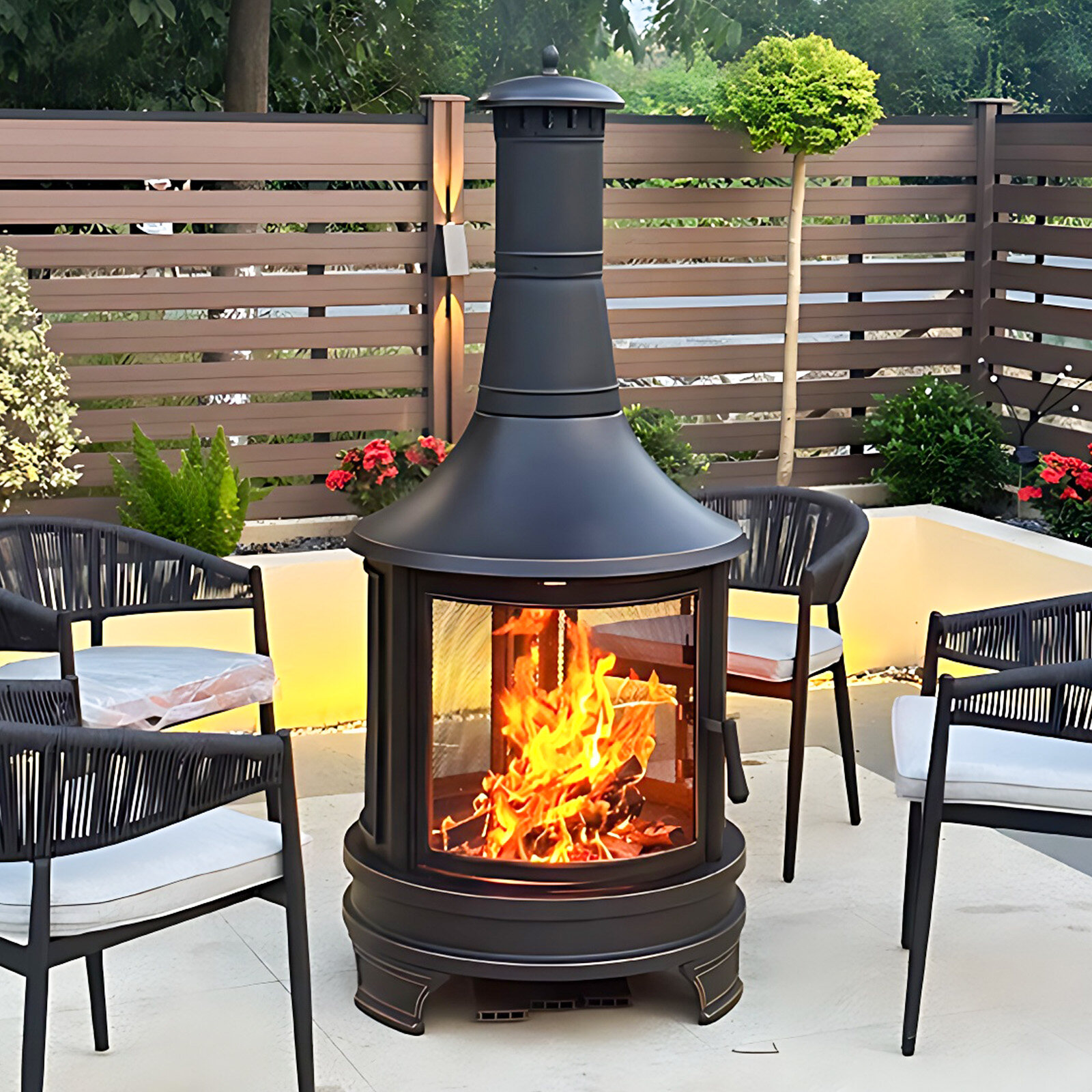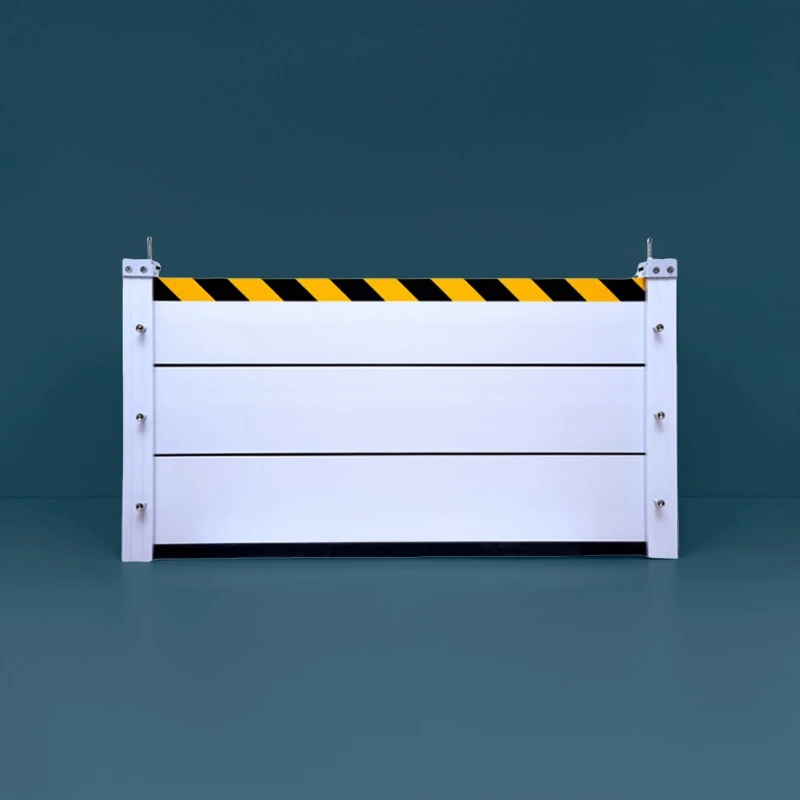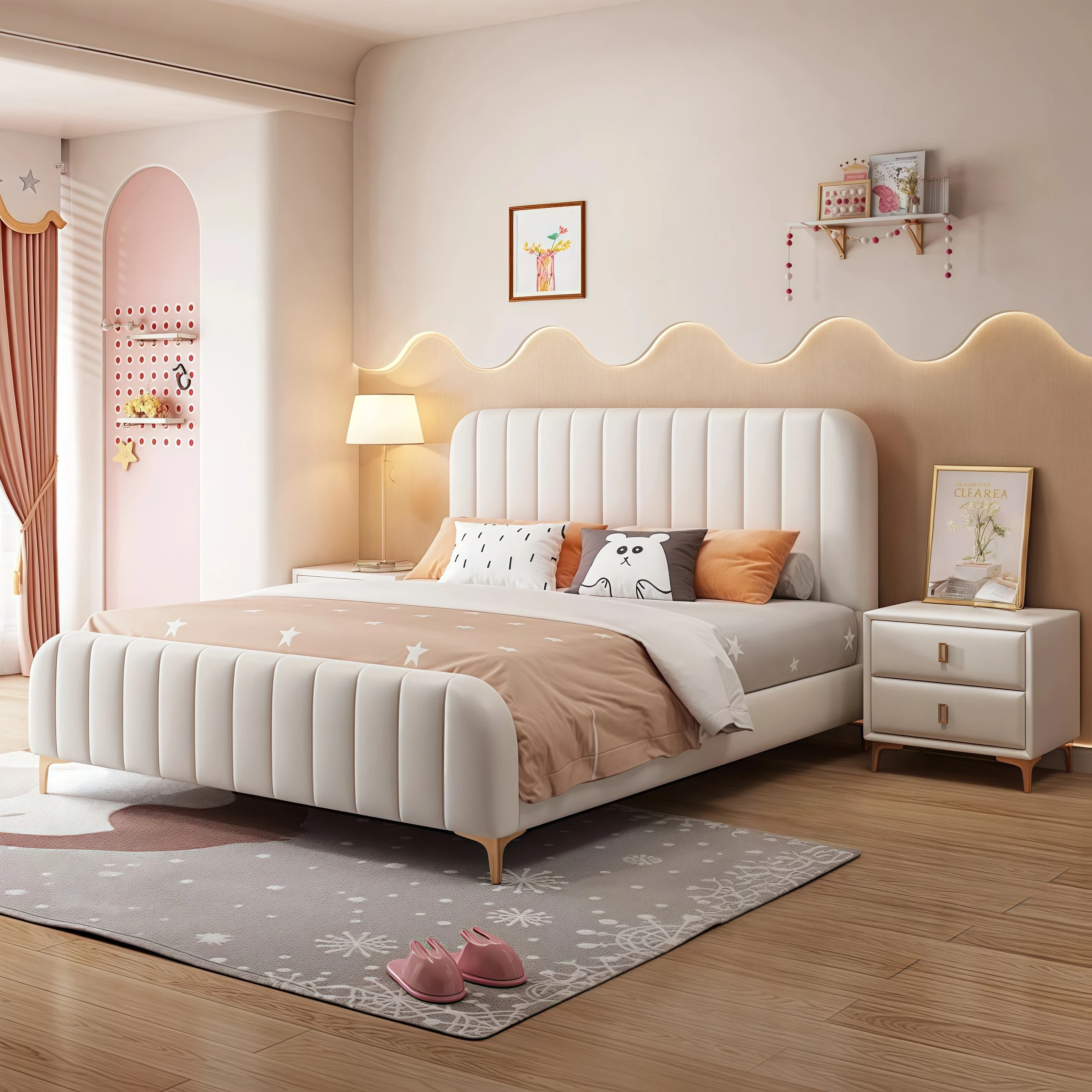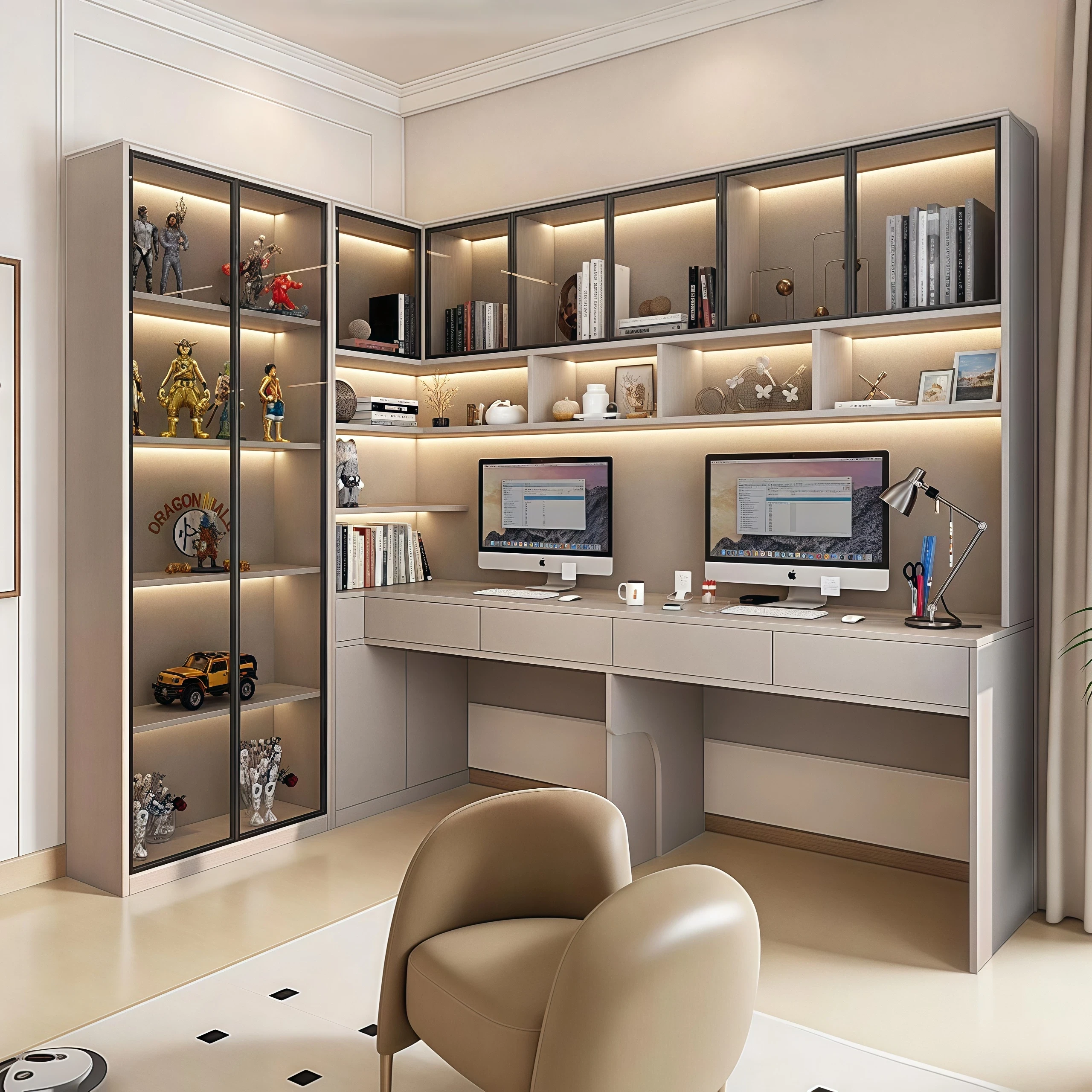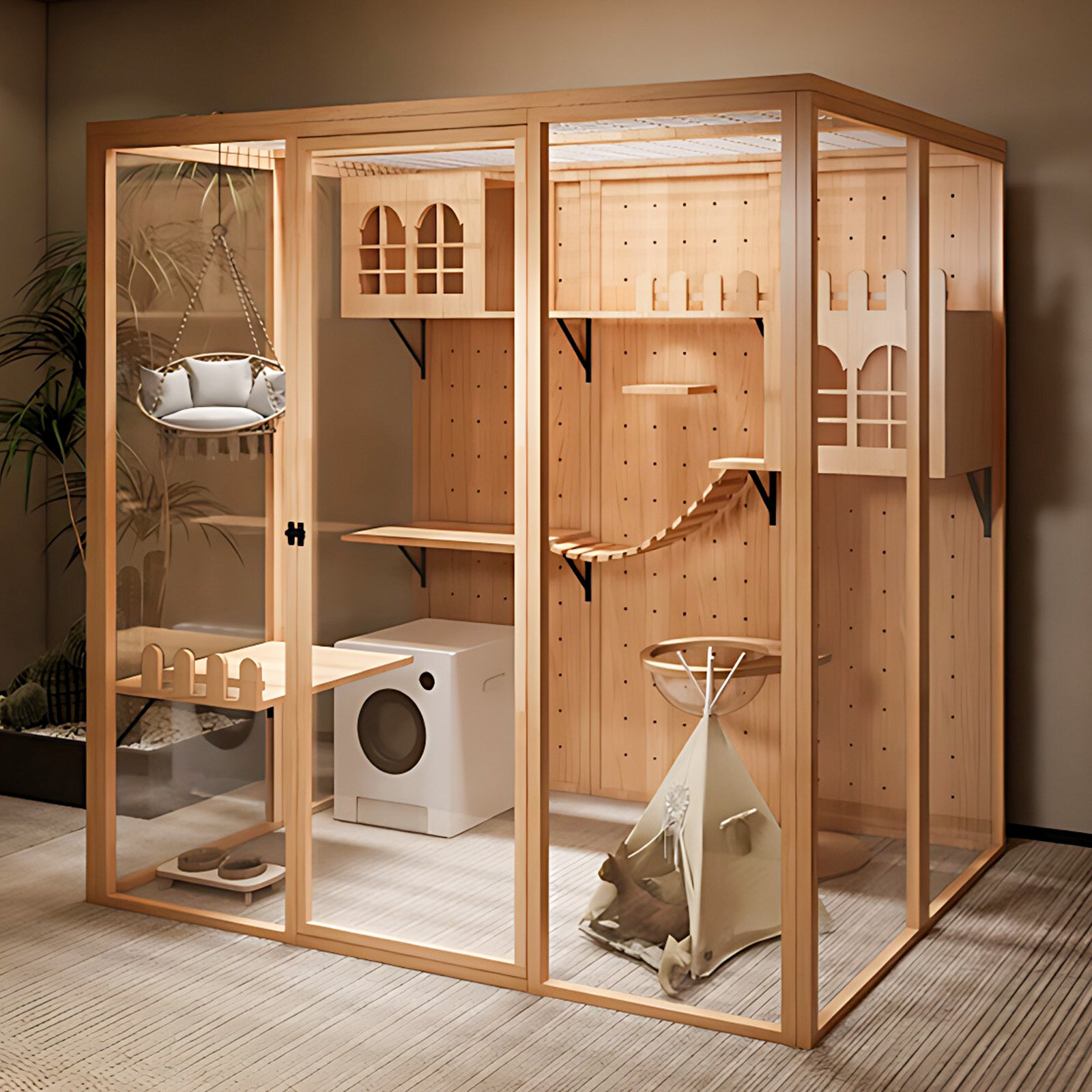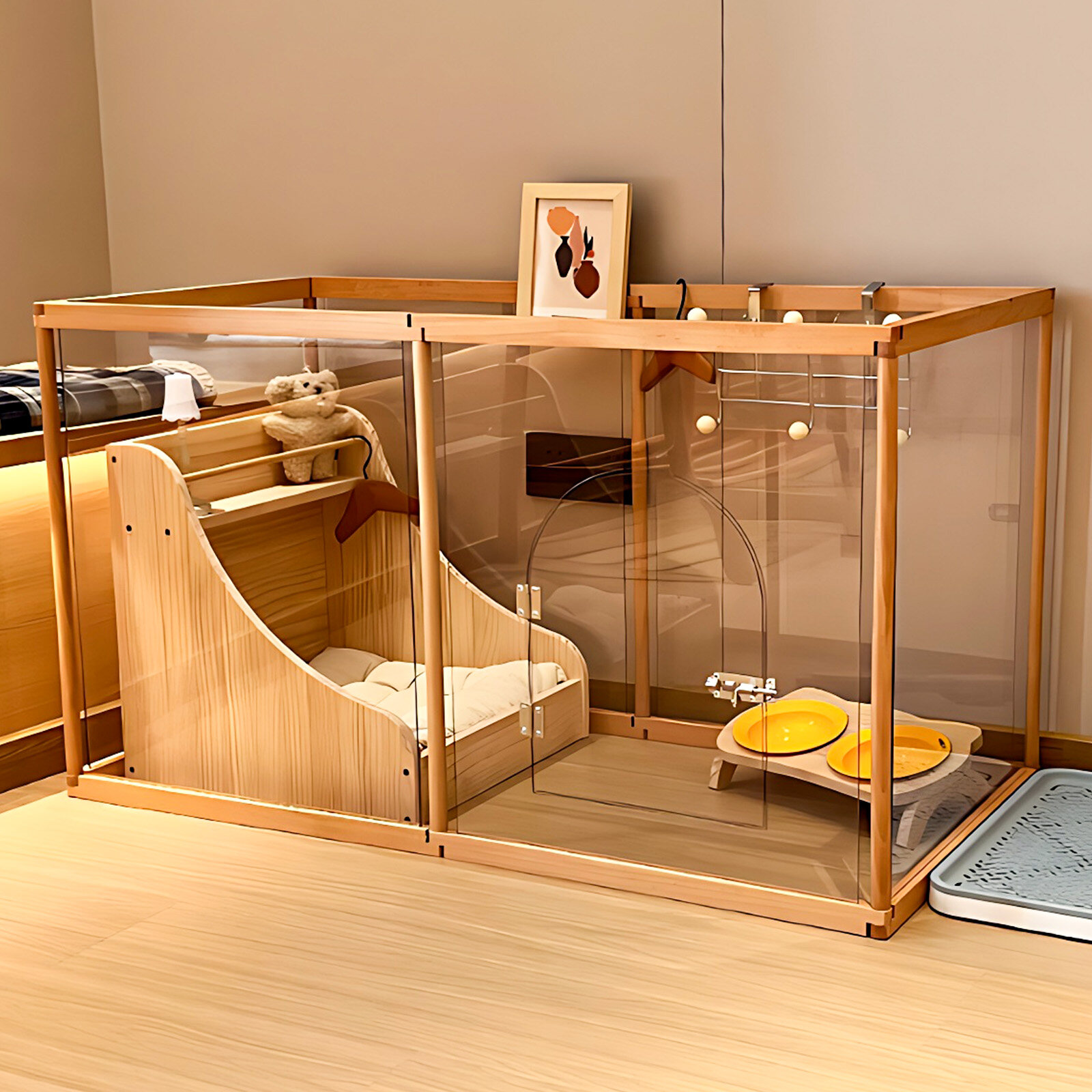Built-in wardrobes, also known as integrated wardrobes, make better use of space compared to traditional wardrobes. They blend seamlessly with the wall, appearing natural and aesthetically pleasing. Furthermore, because they are custom-made to fit the specific room layout, they better meet individual needs, making them the most popular wardrobe style in recent years.
So what are the advantages of built-in wardrobes that have made them such a popular choice in the home renovation industry?
We recommend saving this post. Even if you don't need it immediately, saving it will help you find it later!
01 Advantages of Built-in Wardrobes
1. Solves the problem of cabinet-to-wall finish
Traditional ready-made wardrobes often have large gaps between the wardrobe and the wall, and between the top of the wardrobe and the ceiling, easily becoming dusty and difficult-to-clean areas.
Custom-made wardrobes have become increasingly popular in recent years. While they can be installed flush against the wall, the sealant between the wardrobe panels and the wall is typically applied with silicone sealant. However, once the sealant dries and the wardrobe bears weight, the sealant in the gap can easily crack, making the gap noticeable and unsightly.
The latest trend, built-in wardrobes, are embedded directly into the wall. This results in a much closer fit, and the silicone sealant used is less prone to cracking, creating a flawless finish.
2. Space Utilization Considerations Built-in wardrobes also offer unexpected advantages in space utilization, allowing for more efficient use of space.
For example, in two adjacent bedrooms, a wardrobe with a standard installation would require a width equal to twice the wardrobe depth plus the thickness of one wall.
However, if we remove the middle wall and build a U-shaped wall to embed the wardrobes in both bedrooms, the required width is reduced to only one wardrobe depth plus the thickness of one wall.
Furthermore, with standard wardrobe installations, doors cannot be installed in the wardrobe area; however, with built-in wardrobes, the wardrobe can be installed behind the room's doors, greatly improving space utilization efficiency.
3. Aesthetic Design Considerations: Ordinary custom wardrobes—the wardrobe and the wall—are clearly separated, creating a strong sense of boundary, which can easily lead to inconsistent design elements in the home.
Built-in wardrobes, by embedding the wardrobe into the wall, essentially cover the wall with the wardrobe. The large wardrobe doors can better complement other furniture in terms of materials, resulting in a simpler and more elegant effect, especially floor-to-ceiling wardrobes, which create a clean and natural overall visual effect.
4. Truly No Dust-Inducing Corners: The top, back, and sides of ready-made wardrobes easily trap small items and dust; the gaps in the sides of ordinary custom wardrobes also allow dust to accumulate.
Built-in wardrobes, by concealing the back, sides, and top within the wall, truly eliminate dust-inducing corners.
02. Issues Related to Built-in Wardrobes
1. Implementation Requirements
To install a built-in wardrobe—
either you need to remove the walls between two adjacent rooms and build a U-shaped wall to house the wardrobe, requiring the walls between the two rooms to be non-load-bearing;
or you need to build a wall along the side of the wardrobe to "install" it, requiring a sufficiently large bedroom, otherwise some wardrobe width will be sacrificed.
2. Baseboard Connection Challenges
If the baseboard is surface-mounted, the connection between the baseboard and the built-in wardrobe is a rather awkward issue.
Currently, the solution is to extend the side of the wardrobe by about 1cm to cover the baseboard, but this doesn't seem to be a perfect solution. The problem depends on whether there are any solutions regarding materials; interior design is truly limited.
Another method is to install a baseboard under the wardrobe as well. This approach is more aesthetically pleasing in detail, but it will affect the overall appearance of the wardrobe.
Overall, built-in wardrobes, by perfectly combining hard furnishings with custom furniture, represent one of the culmination of wisdom from interior designers (referring to those in the design industry who genuinely engage in design).
03 Popular Built-in Wardrobe Designs
Built-in wardrobes can be designed according to the height of the wall and the size of the space. While pursuing trendy aesthetics, practicality is also essential. Creating an embedded wardrobe within the wall effectively utilizes the wall space and expands living space.

 USD
USD
 GBP
GBP
 EUR
EUR

